C3.1- Integration of Body Systems
1/69
There's no tags or description
Looks like no tags are added yet.
Name | Mastery | Learn | Test | Matching | Spaced |
|---|
No study sessions yet.
70 Terms
Define system integration
specialised organs carrying out specialized functions which all work together for survival
Explain why system integration is needed to perform the functions of life.
in order for life to function properly, these systems must work together. the survival of the organism depends on the integrated activity of all the organ systems
What is the hierarchy of biological organization? and provide an explanation of each
simple
cells- the smallest basic unit of living organisms
tissues- cells that share a similar structure and perform a specific function
organs- tissues that work together to perform a specific function
organ system- organs that work together
organism- a living entity that can reproduce, grow and respond to stimulus
complex
define tissue, organ and organ systems
tissue- group of cells that share similar structures and have a specific shared function
organ- group of tissues that perform specific functions
organ systems- groups of organs that work together to maintain the survival of an organism

Define emergent property
an emergent property is a property that emerges in a complex system which cannot be seen in the individual components making up the system.
emergent properties arise due to the integration of subsystems
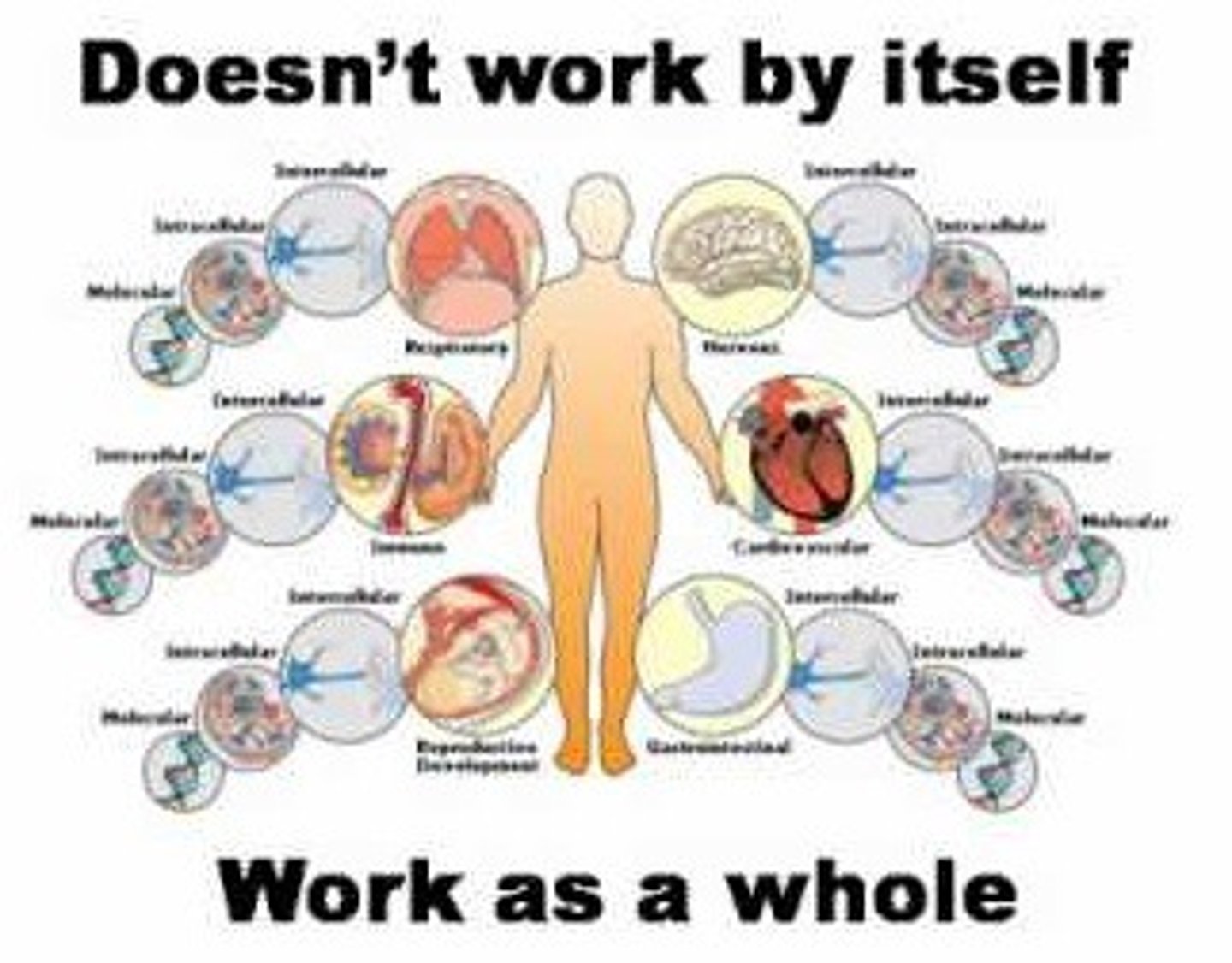
Provide an example of an emergent property? Look at an image and draw out its emergent properties
cheetahs as predators (they feed on other organisms)
--> black rings at the tip of their tail
--> grooves on claw pads
--> long muscular tail acts as a stabiliser while running at high speeds
--> long and heavier hind limb bones enable stronger strides
water being wet
--> results from different atoms working together and molecules
water's cohesion
--> results from the polarity of water
specific heat capacity of water
--> water can maintain its temperature as a result of the bonds formed between and within molecules
water as a solvent:
--> arises from its polarity
bees forming a beehive
bees in low temperatures move together to maintain heat

State the two primary mechanisms by which animals integrate organ systems.
the nervous system and the endocrine system
compare the role of nervous and hormonal signalling
nervous signalling:
-by the nervous system
-electrical signal
-transmitted by a nerve impulse
-rapid and immediate response
-short-lived effects (doesn't last long)
hormonal signalling:
-by the endocrine system
-chemical signal
-chemicals (hormones) are secreted by endocrine glands and released into the bloodstream
-slower and longer lasting response

What is the role of blood in transporting materials and energy between organs?
-blood transports materials around
--> oxygen, CO2, nutrients, waste materials, hormones
blood allows for materials to be moved around the body and for waste to be removed
plays an important role in integrating organs and organ systems
What is the nervous system composed of?
brain, spinal cord and nerves
What is the role of the nervous system?
controls and coordinates the functioning of other systems of the body
--> collects, processes and response to information
--> send electrical action potentials (nerve impulses) through specialized cells (neurons) to the target organs
What is the central nervous system?
the brain and the spinal cord
What is the role of the spinal cord?
integrates information from unconscious processes only
eg. dust in your eye, blinking
also transfers information between the brain and the peripheral nervous system
-it is one continuous nerve
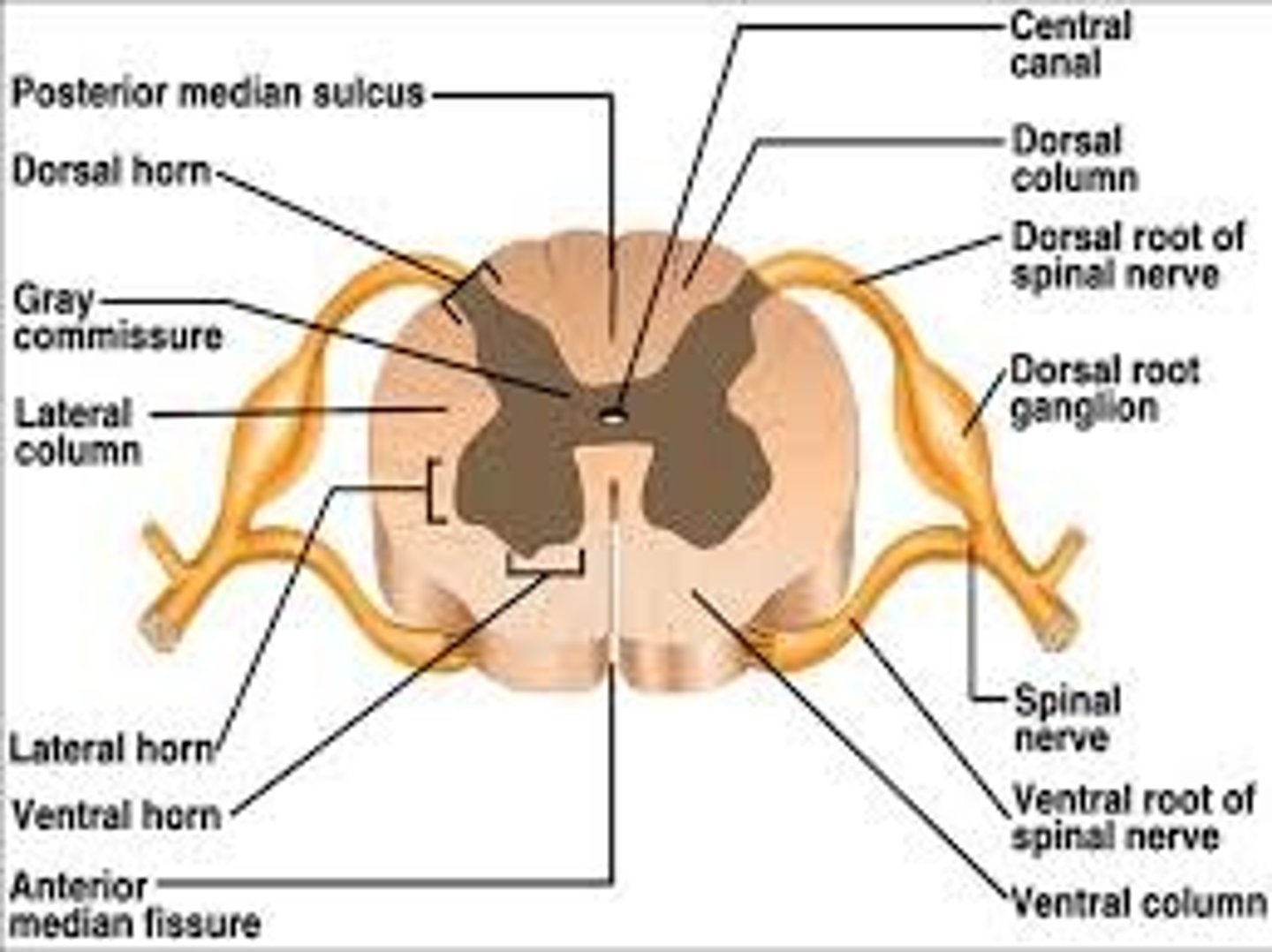
What is the function of the brain?
controls:
-thoughts
-memory
-emotion
-touch
-vision
-motor skills
-breathing
-temperature
-hunger
controls processes that regulate an organism and processes information
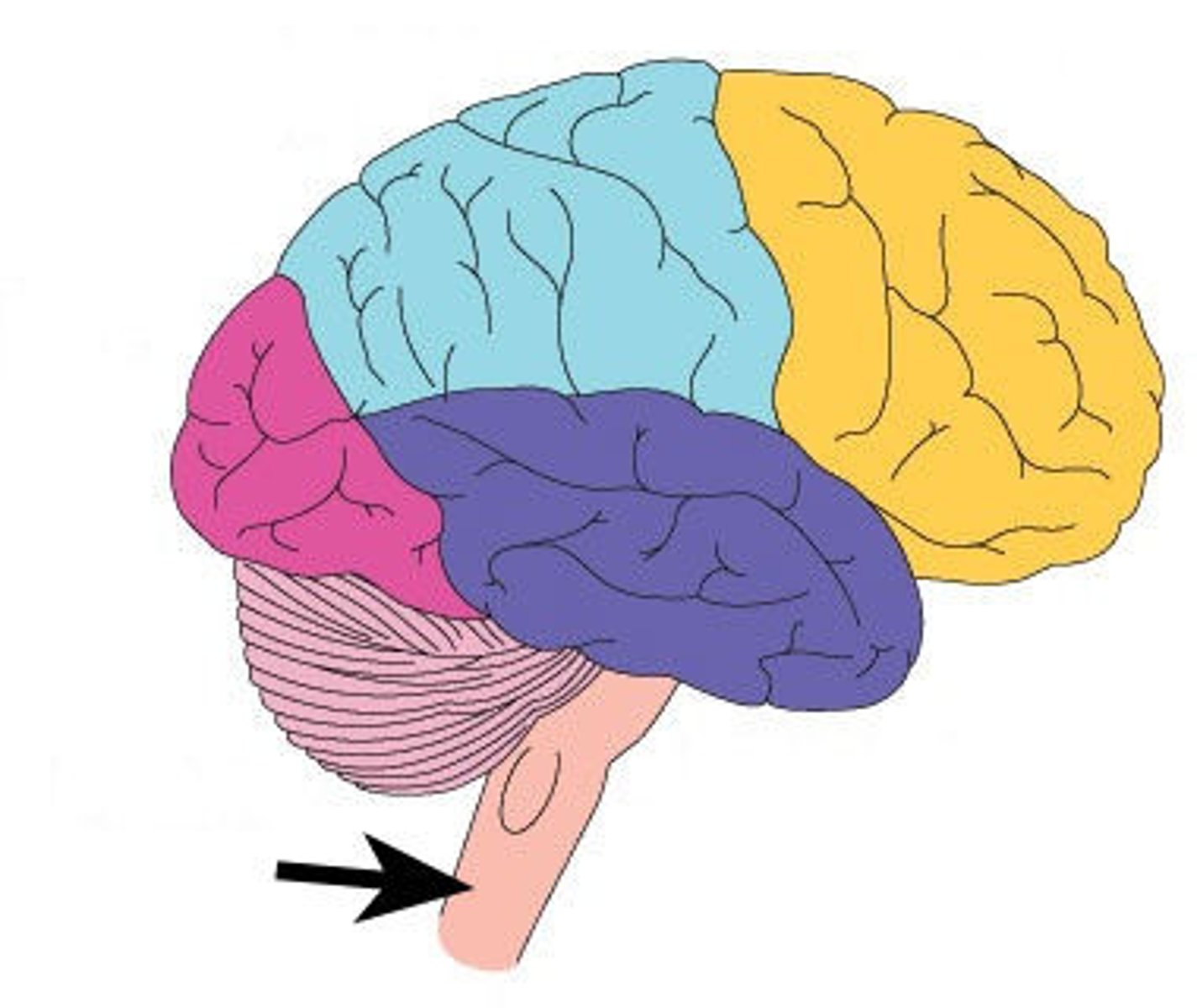
What is the peripheral nervous system?
the nerves that connect the brain and spinal cord to the organs of the body
somatic pns:
regulates voluntary movements
autonomic pns:
regulates involuntary movements (heart beating, reflexes, breathing)
What is the endocrine system?
collects, processes and responses to information through hormones
--> hormones are secreted by endocrine glands and released into bloodstream

What are hormones?
-chemical substances
-secreted by endocrine glands
-travel through the bloodstream
-target organs to regulate specific physiological processes
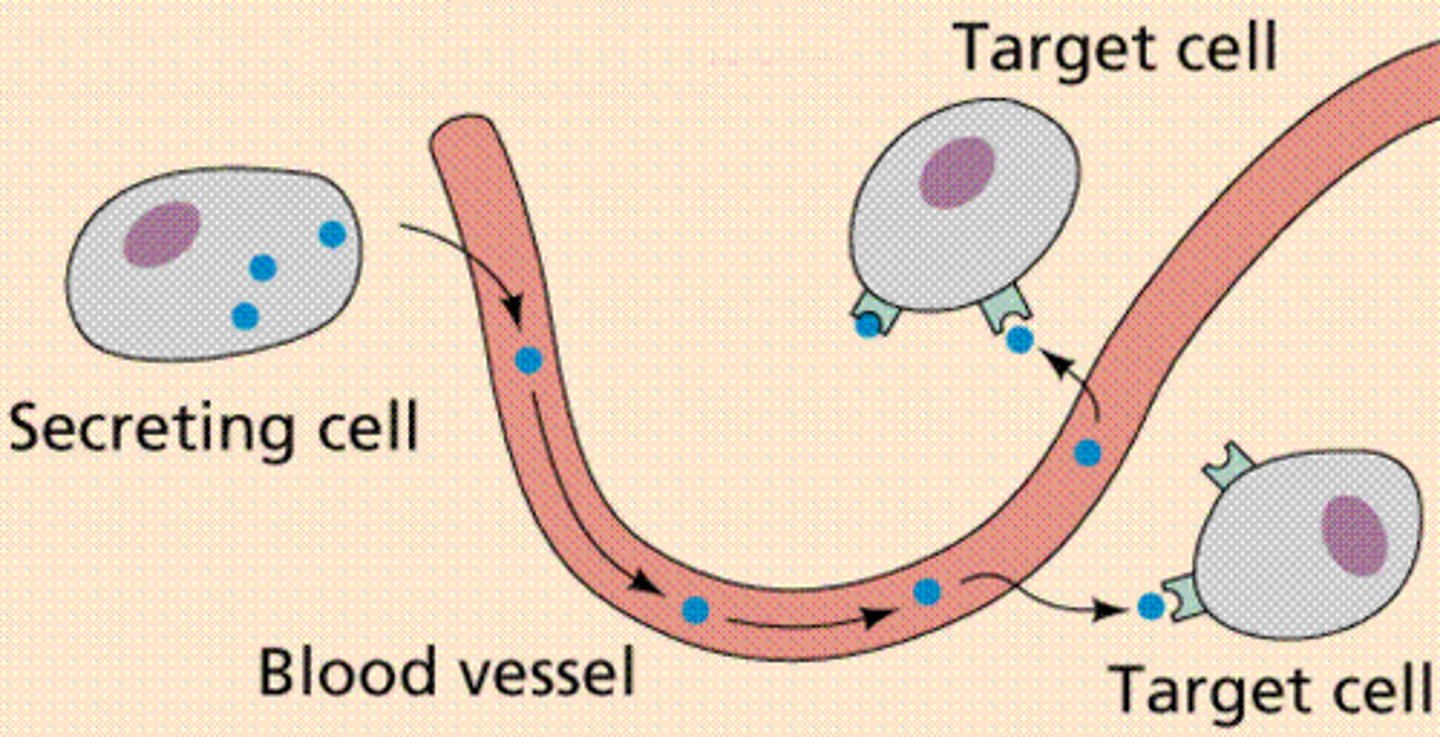
List sources of information input to the brain
-sight
-touch
-hearing
-smell
-taste
Compare and contrast conscious and unconscious processing.
conscious processing
-processes that an organism is aware of and can control
-includes explicit memories
eg. speaking
unconscious processing
-processes that can occur without an organism's awareness
-includes implicit memories
eg. digesting, breathing
List types of sensory receptors.
mechanoreceptors
-respond to vibrations, stretch, sound and pressure
eg. feeling a scratch
chemoreceptors
-respond to chemical stimuli
eg. smelling coffee
thermoreceptors
-detect changes in temperature
eg. jumping in a pool and feeling cold
nociceptors
-respond to pain
eg. stepping on a rock
electromagnetic receptors
-respond to light, electricity and magnetism
eg. detecting light to help vision
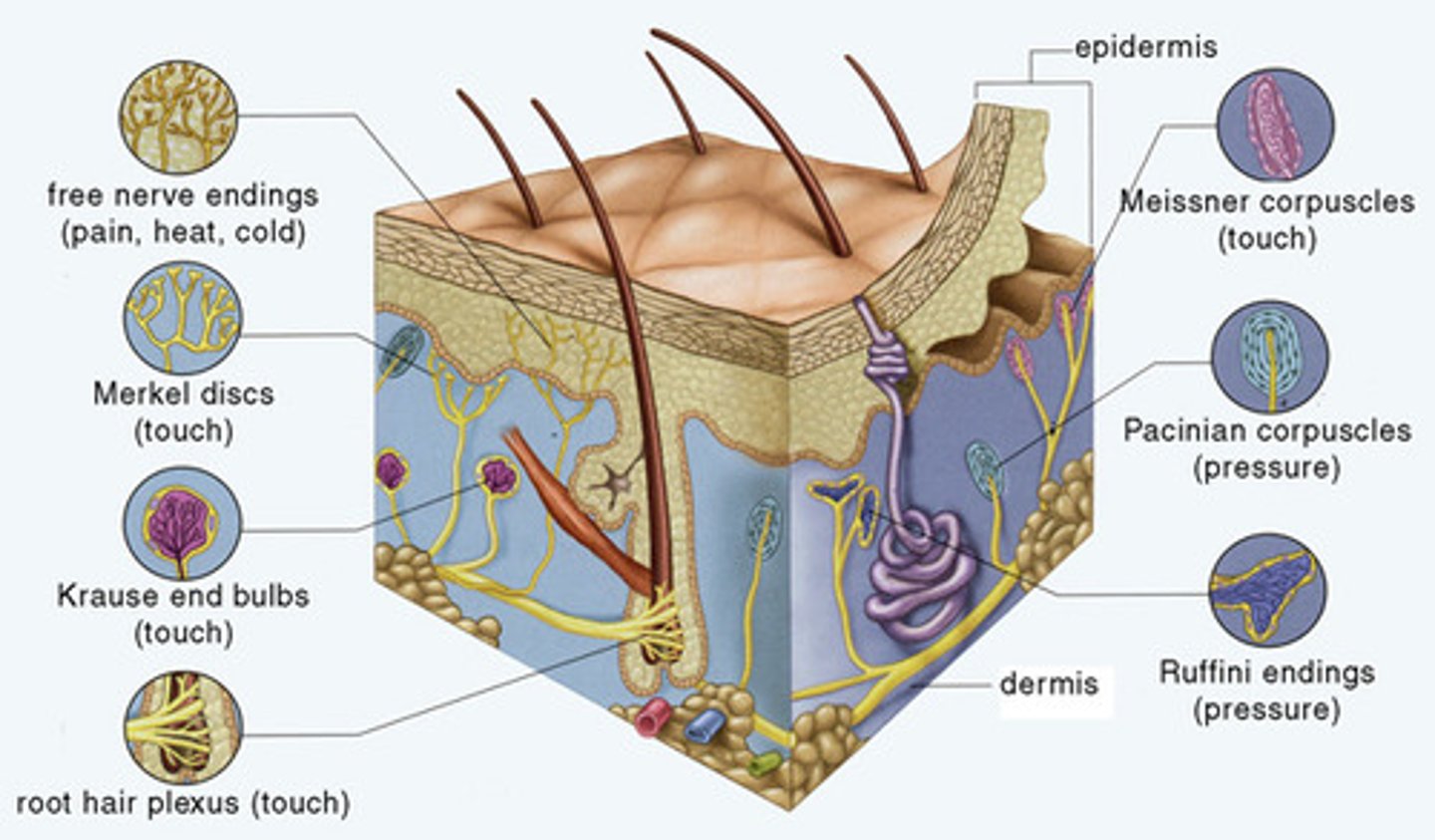
What is the function of sensory neurons and what are they?
nerve cells which transmit sensory info from a sense organ to the central nervous system
the cell body is in the middle
eg. touching ice and feeling cold
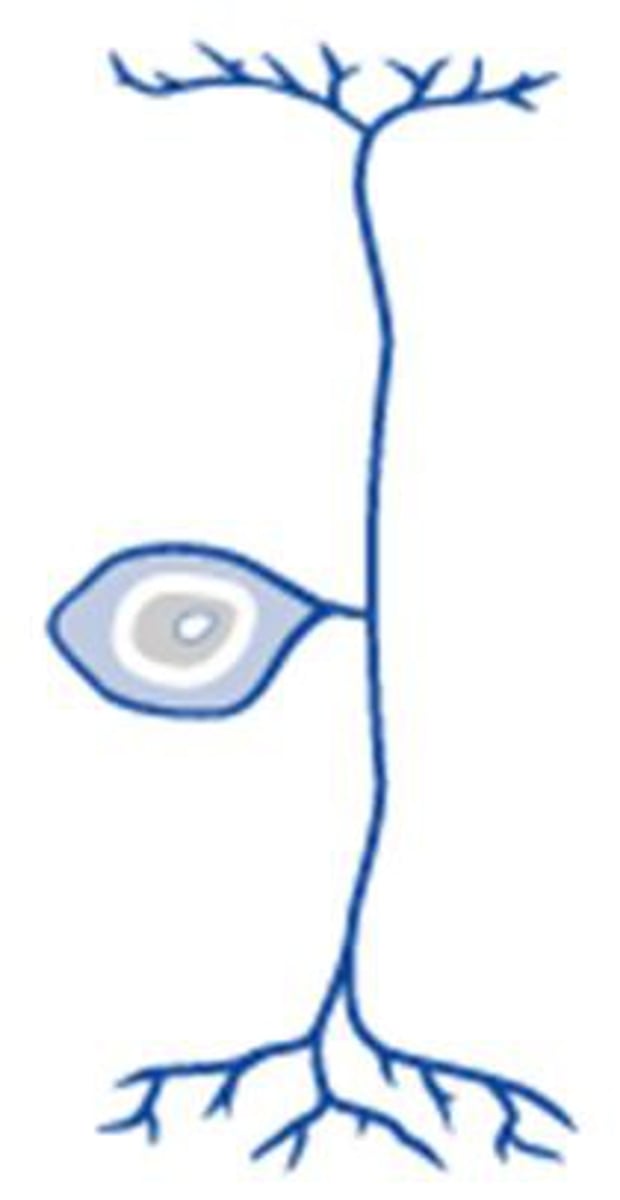
Describe the structure of the brain
cerebrum (largest part of the brain)
-split into a right and left hemisphere
--> right and left is then split into 4 lobes:
frontal lobe
temporal lobe
occipital lobe
parietal lobe
-controls vision, hearing, touch, speech and thinking
-initiates and coordinates movement
cerebellum
-split into a right and left hemisphere
-located in the middle of the brain
-has a role in voluntary muscular movements, balance and coordination
brain stem
-consists of the:
pons- connect midbrain to medulla (big ball of nerve fibres controlling unconscious processes)
midbrain
medulla- regulates involuntary movement
What are motorneurons?
a nerve that transmits electrical messages from the central nervous system to a muscle or gland
--> results in movement
has a longer axon and numerous dendrites
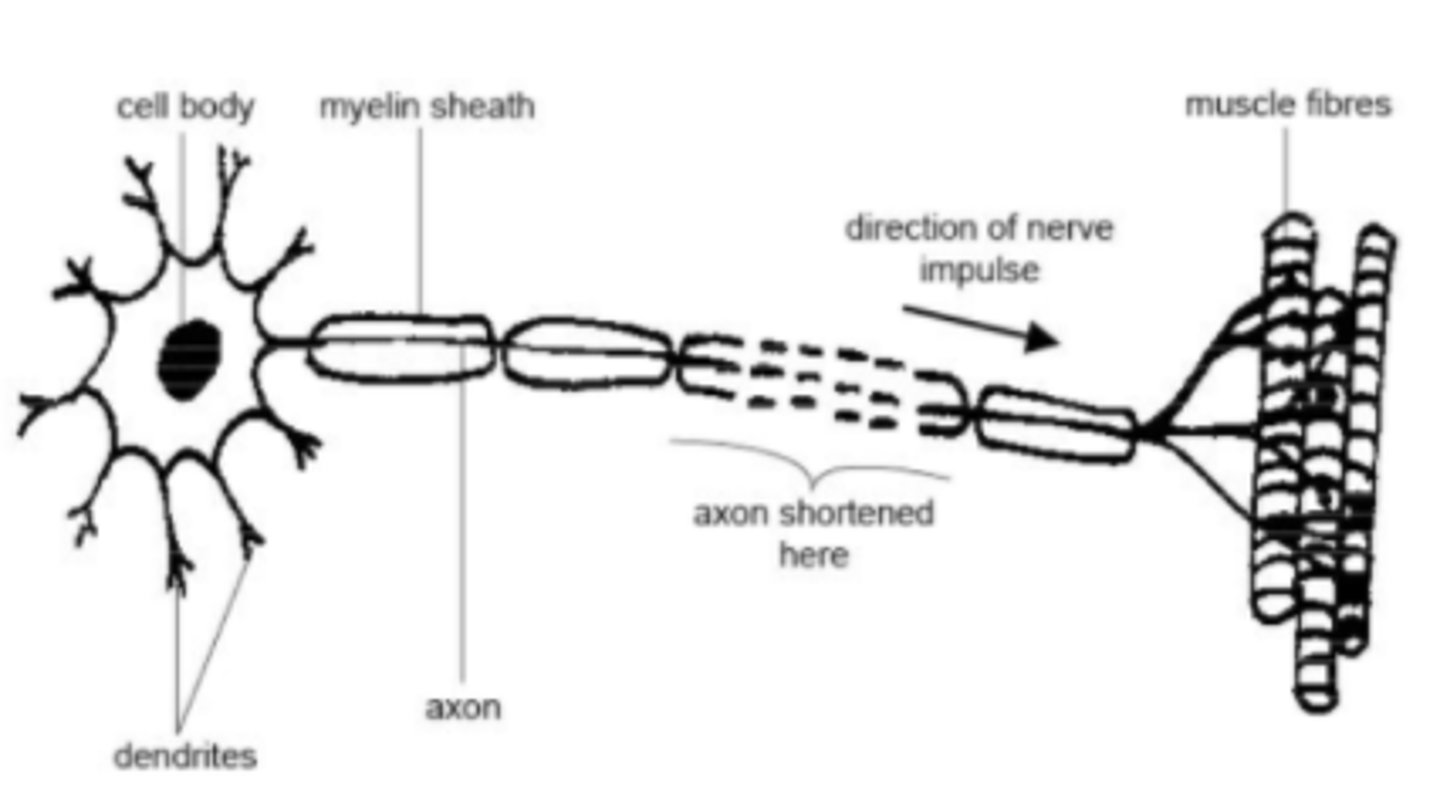
What are interneurons?
a nerve that relays impulses between sensory and motor neurons
--> from a sensory neuron to a motor neuron (not the other way)
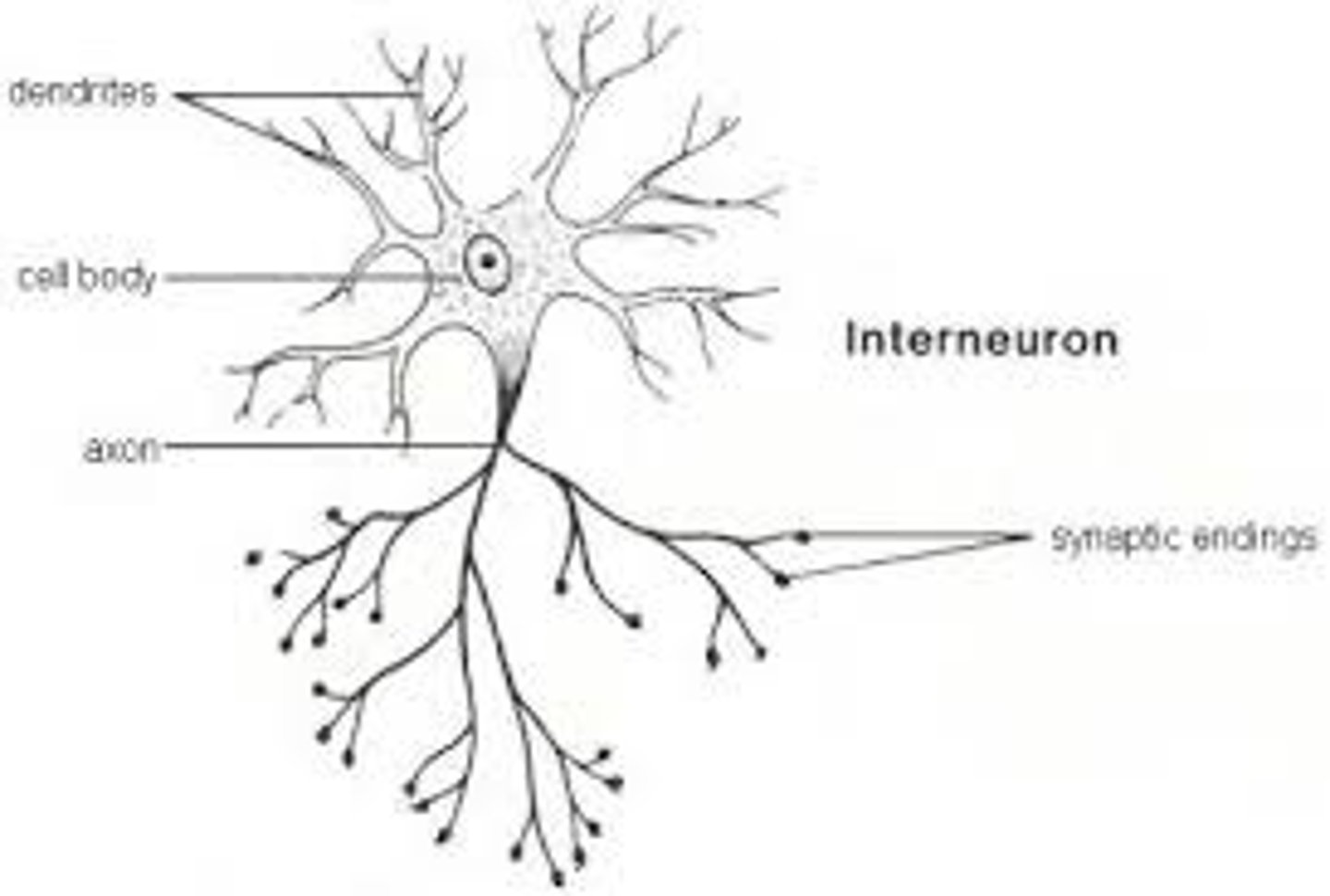
Define nerve
nerves are bundles of axons of neurons
3 types of nerves
sensory nerves (composed of the axons of sensory neurons)
motor nerves (composed of the axons of motor neurons)
mixed nerves (compose of the axons of both)
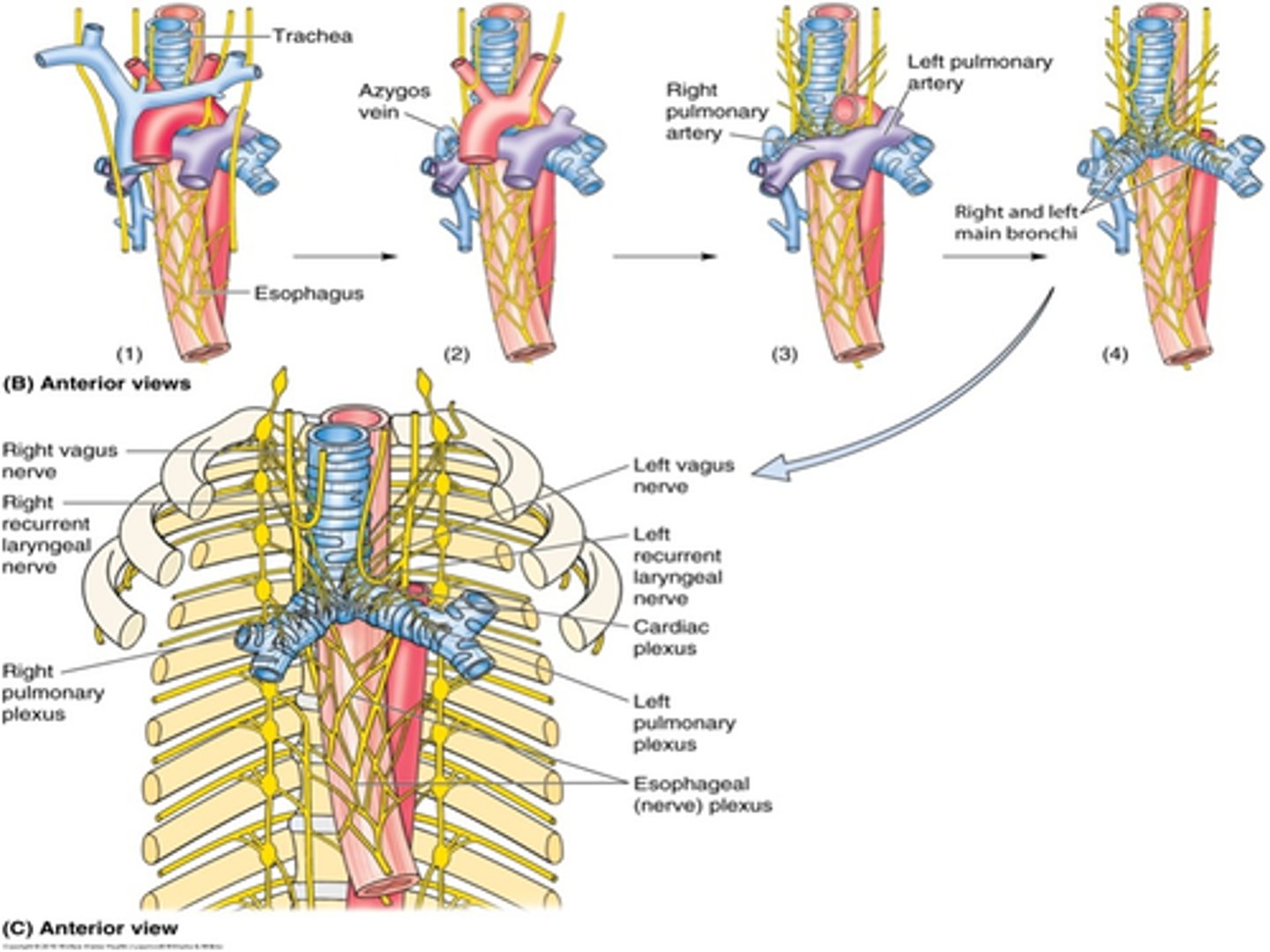
Describe a nerve transverse cross section
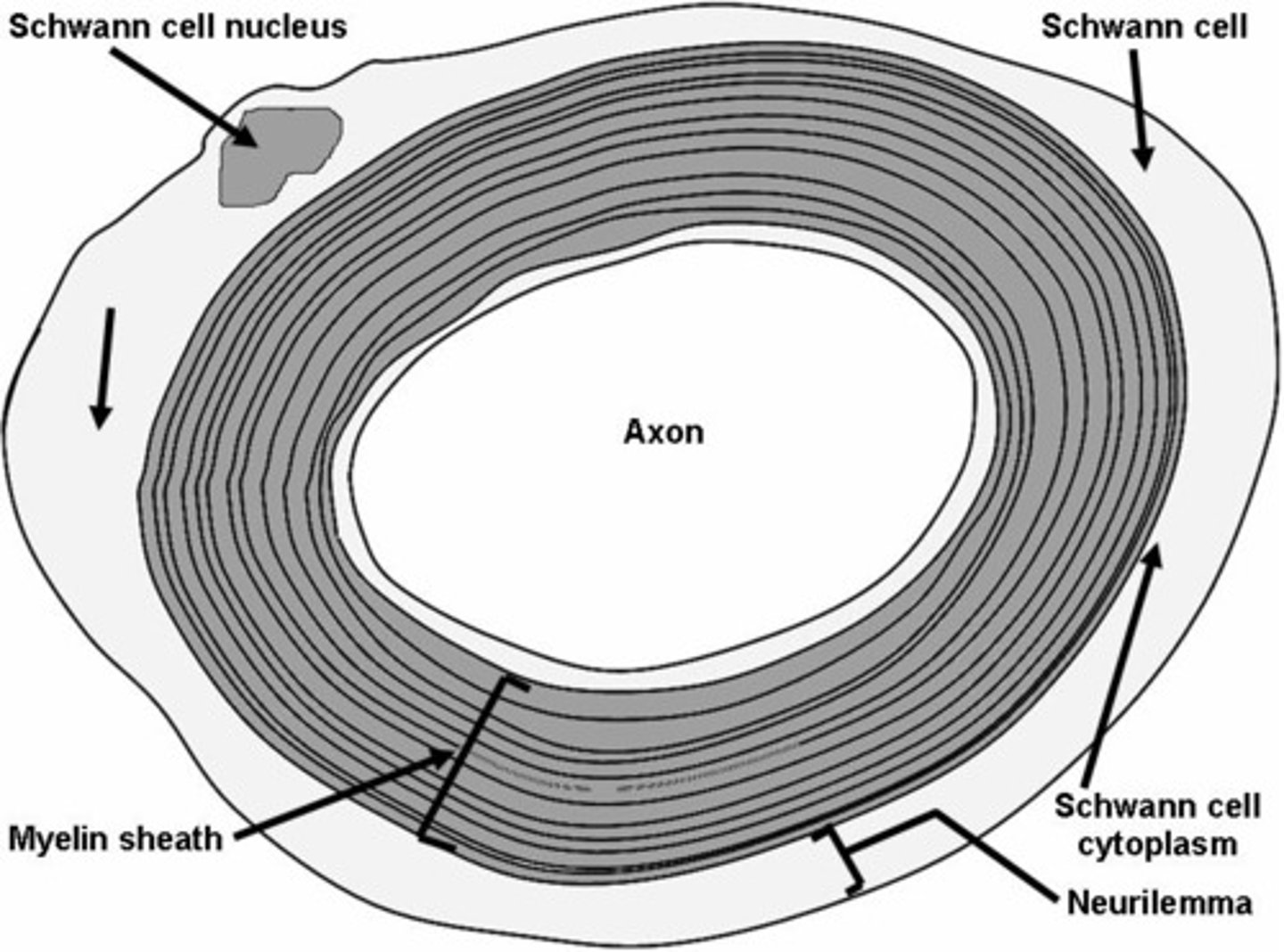
Explain a reflex and reflex arc in terms of pain
a reflex:
-an automatic and spontaneous response to a stimulus
--> is a survival mechanism to minimise injury
reflex arc
-controls a reflex and consists of minimum one sensory neuron, one motor neuron and one interneuron
reflex arc pathway:
1. stimulus (touching a hot pain stimulates pain receptors and initiates an impulse)
2. sensory neuron (impulse travels down sensory neuron to spinal cord)
3. interneuron (impulse is passed to the connecting interneuron in the spinal cord)
4. motor neuron (impulse travels down motor neuron to muscles in the hand)
5. skeletal muscle (hand muscles contract)
6. response (hand is pulled away)

Identify the cerebellum on a brain diagram
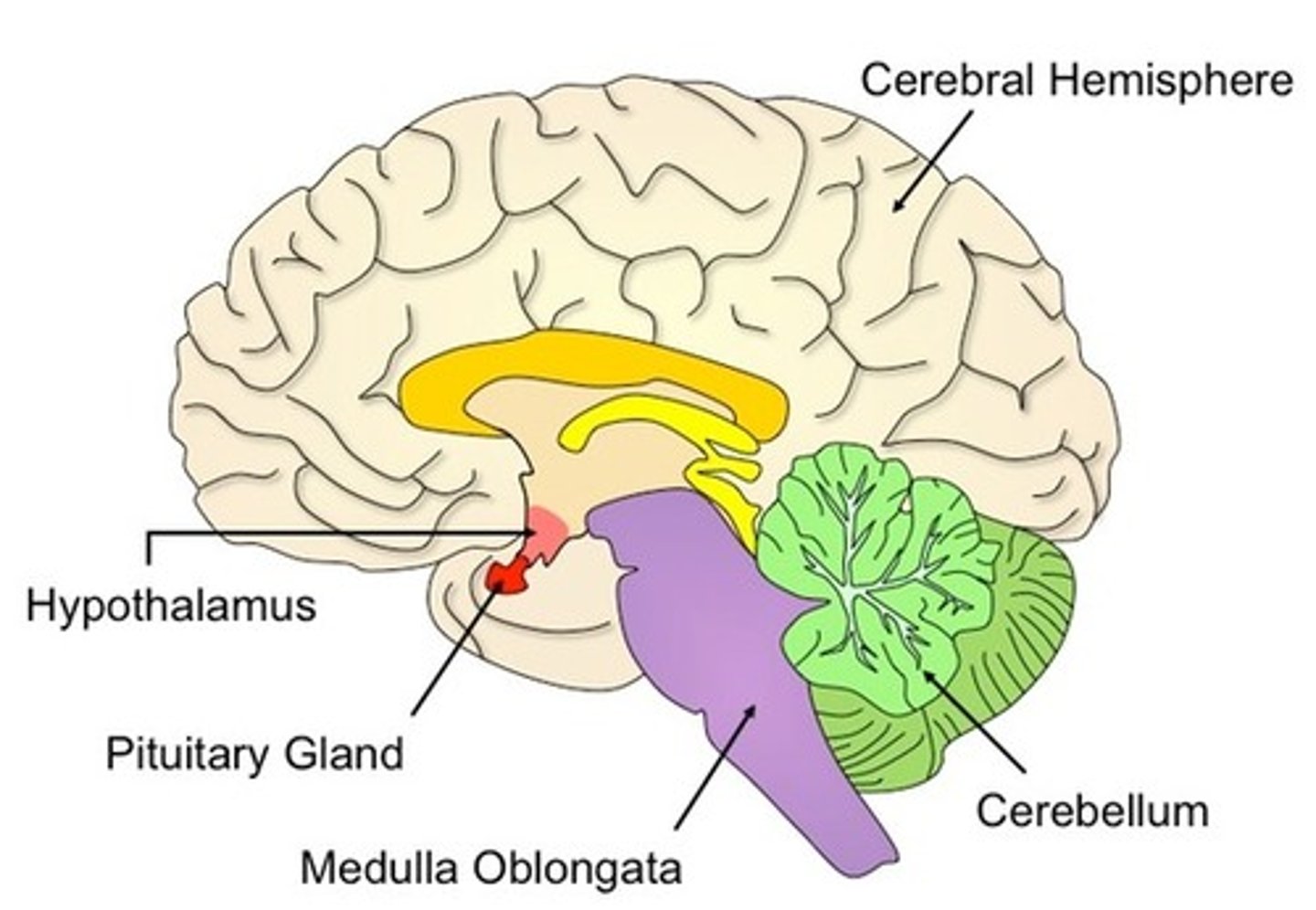
What are the functions of the cerebellum?
controls motor control and posture
coordinate voluntary muscle movements
maintain balance and posture
motor learning
left cerebellar hemisphere
-works with the right cerebrum to control muscle movements on the left side of the body
right cerebellar hemisphere
-works with the left cerebrum to control muscle movements on the right side of the body
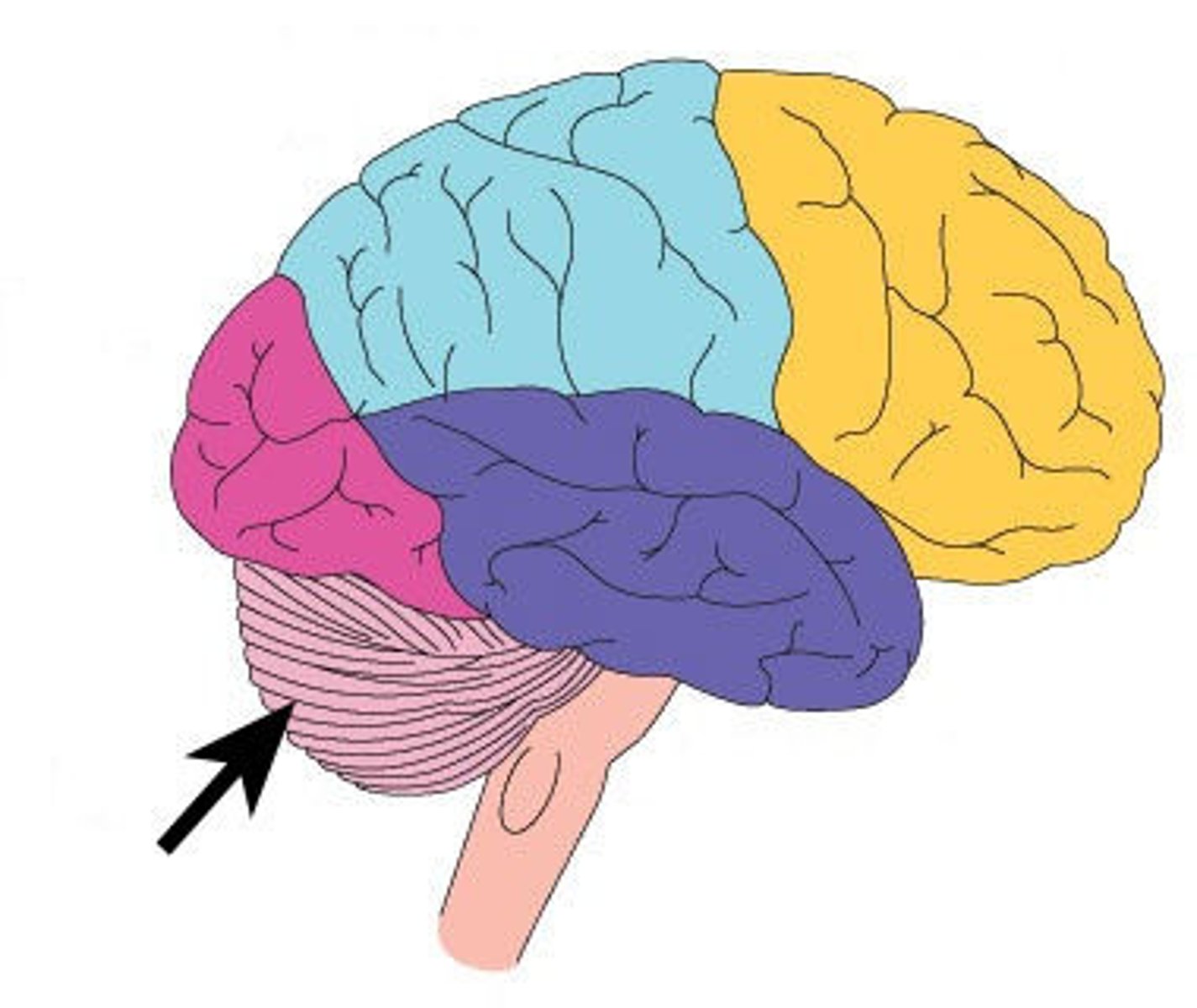
Define circadian rhythm
physical, behavioural and mental changes occurring in the body after a 24hr cycle
--> controlled primarily by the light (day) and dark (night)
and the way bodies respond to these environmental stimuli
known as the "biological clock"
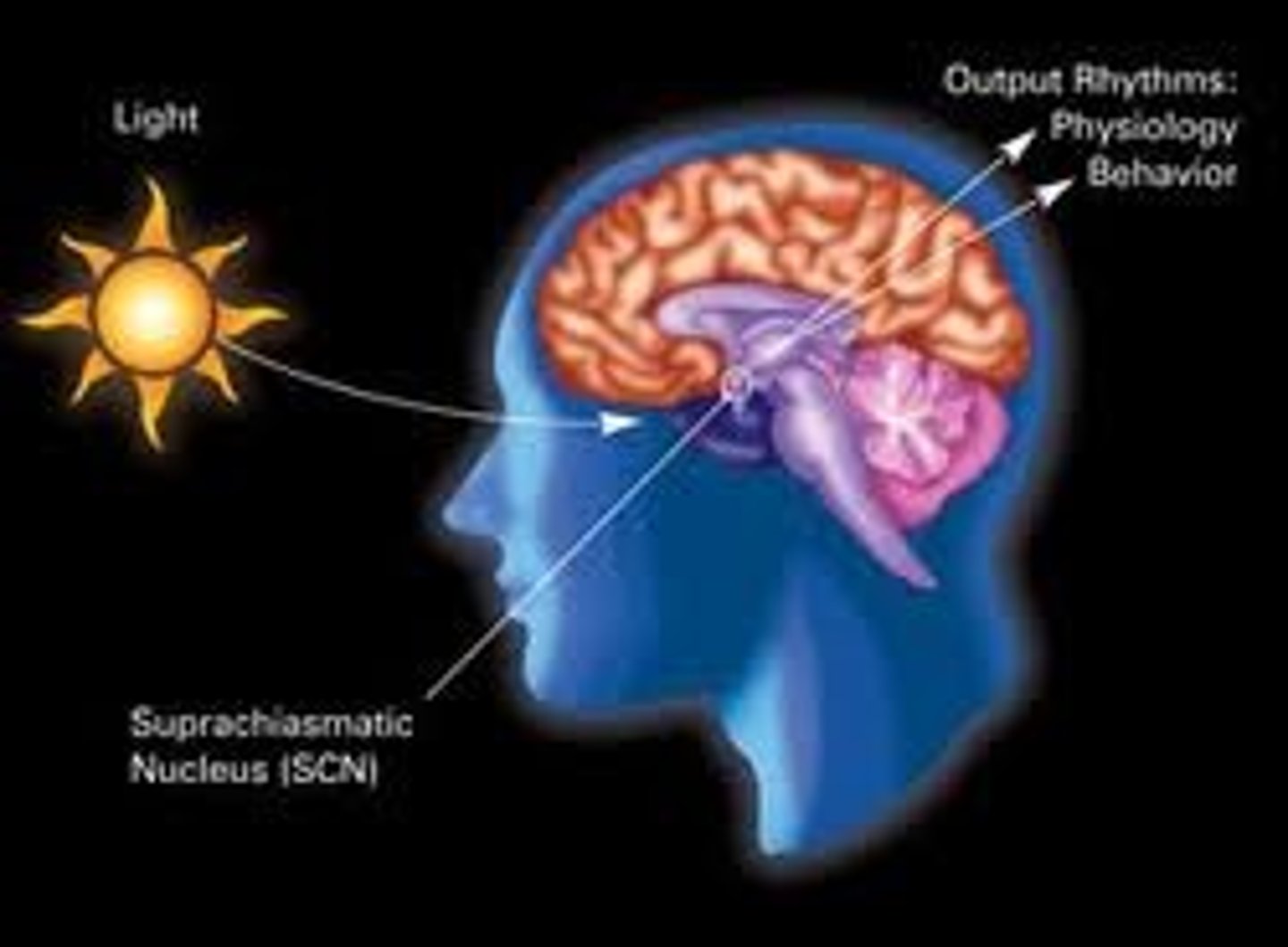
What is the role of suprachiasmatic nuclei cells in the circadian rhythm
cell clusters in the hypothalamus that control circadian rhythm
-in response to light, the suprachiasmatic nuclei cells cause the pineal gland to adjust melatonin production, resulting in modified feelings of sleepiness
Explain circadian rhythm in the body
pineal gland secretes a hormone (melatonin) which helps to set the biological clock and thus the circadian rhythm
1. changes in light are detected by photoreceptors of the eye
2. this is conveyed to the principal circadian clock of the body (a small structure in the hypothalamus)
during the day, circadian clock detects high levels of light and instructs the pineal gland to reduce secretion of melatonin
during night, the opposite occurs
a rise in melatonin leads to the body's preparation for sleep with a lowering of core temperature, thus melatonin is often called the sleep hormone

What is the role of epinephrine?
the body is conditioned to respond to stress and this is called the fight or flight mechanism
adrenal glands (small triangular shaped glands located above the kidneys and composed of cortex and medulla) secrete epinephrine (adrenaline)
during a stressful situation:
-hypothalamus sends impulses through nerves of the autonomic nervous system
-this activates adrenal glands
-they secrete epinephrine into bloodstream
epinephrine is both a hormone and a neurotransmitter
What is the result of epinephrine being circulated in the bloodstream?
1. faster heart beat and increased blood pressure
2. breathing rate increases
3. oxygen supply to brain increases leading to enhanced alertness and reduced reaction time
4. smooth muscles of blood vessels delivering blood to skeletal muscles dilate, increasing supply of nutrients and O2
5. breakdown of glycogen in liver increases and blood sugar levels go up providing extra energy
6. sight, hearing and other senses become sharper
What is the role of the hypothalamus and pituitary glands?
hypothalamus and pituitary glands control the endocrine system and act as the 'command centre'
hypothalamus
-links between the nervous system and endocrine system
-maintains homeostasis by secreting hormones that stimulate/inhibit pituitary gland activity
pituitary glands
-pea shaped gland attached to hypothalamus
-has 2 lobes: anterior pituitary and posterior pituitary
-hormones stimulate cells of the body or act on other glands, regulating their secretions
-sometimes called the 'master gland'
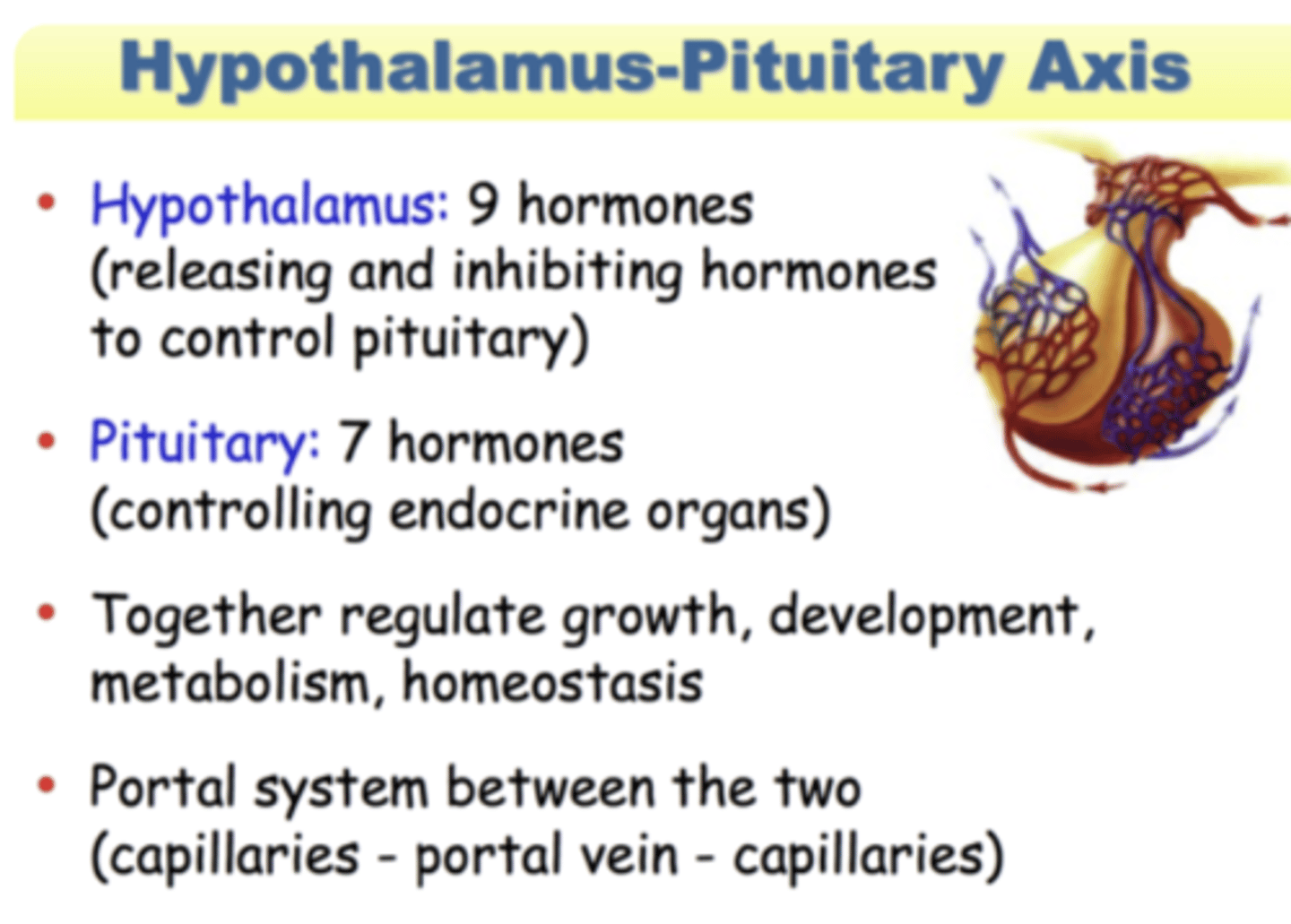
List body processes that are monitored by the hypothalamus
Growth hormone releasing hormone
-causes anterior pituitary to release growth hormone
-results in the growth of bones and muscles
Gonadotropin releasing hormone
-causes the release of follicle stimulating hormone (FSH)
and luteinising hormone (LH)
-LH stimulates testes to produce testosterone in males
-FSH and LH stimulate ovaries to release oestradiol and progesterone
Corticotropin releasing hormone
-causes the release of adrenocorticotropic hormone
-acts on the adrenal glands and causes the release of cortisol hormone
Thyrotropin releasing hormone
-causes the release of thyroid stimulating hormone (TSH)
-causes thyroid to release triiodothyronine and thyroxine
Prolactin inhibiting hormone
-causes the inhibition of prolactin
-prevents secretion of breast milk
Somatostatin
-inhibits secretion of growth hormone and TSH
Draw a diagram to illustrate the structural relationship between the hypothalamus and pituitary.
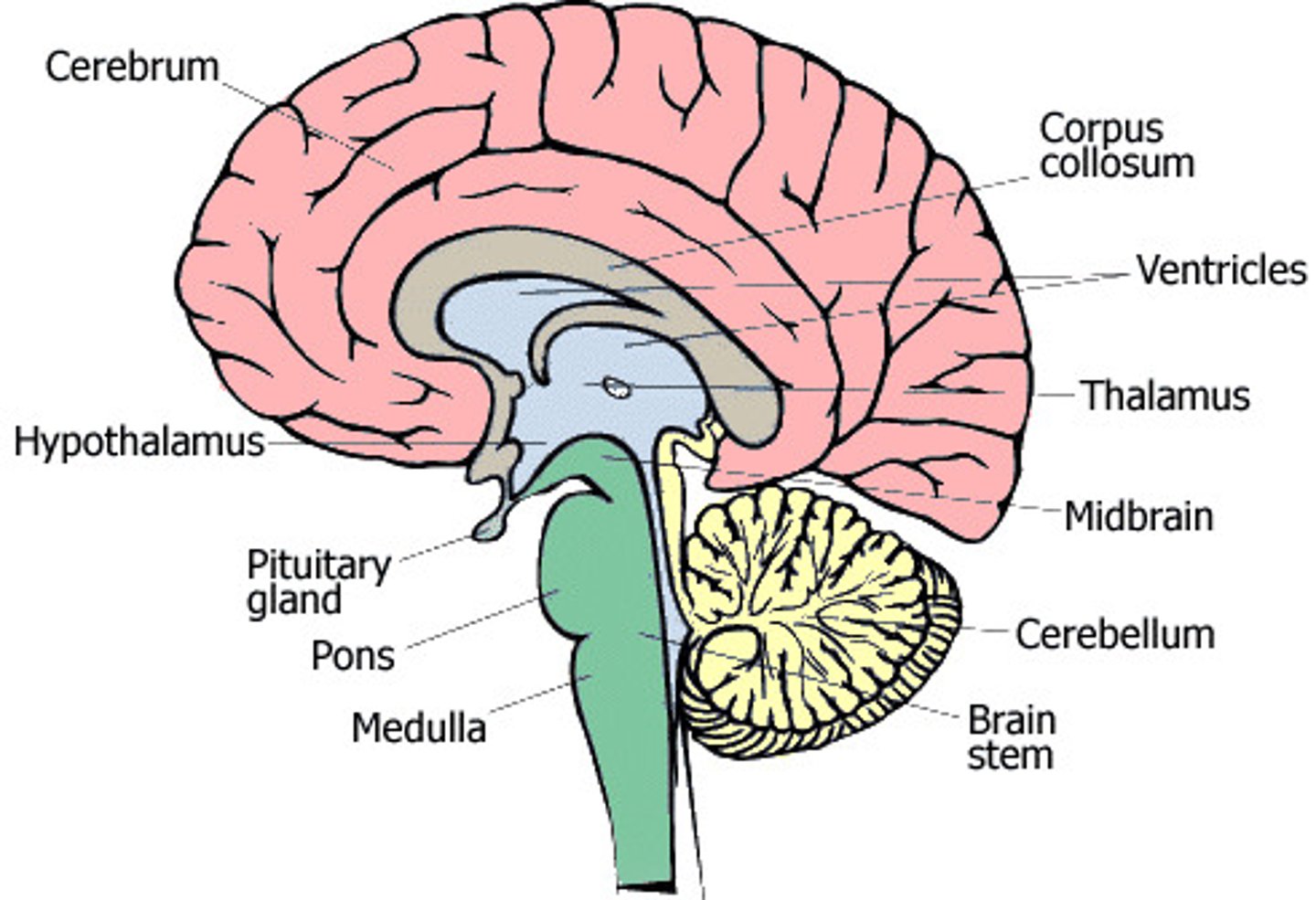
What controls heart rate?
the medulla oblongata plays a role in regulating heart rate, cardiac output and respiratory rate
What are the two nervous system types?
sympathetic nervous system
-controls body's fight or flight
parasympathetic nervous system
-controls digestion and maintains body at rest
medulla oblongata controls these and they are both part of the autonomic nervous system
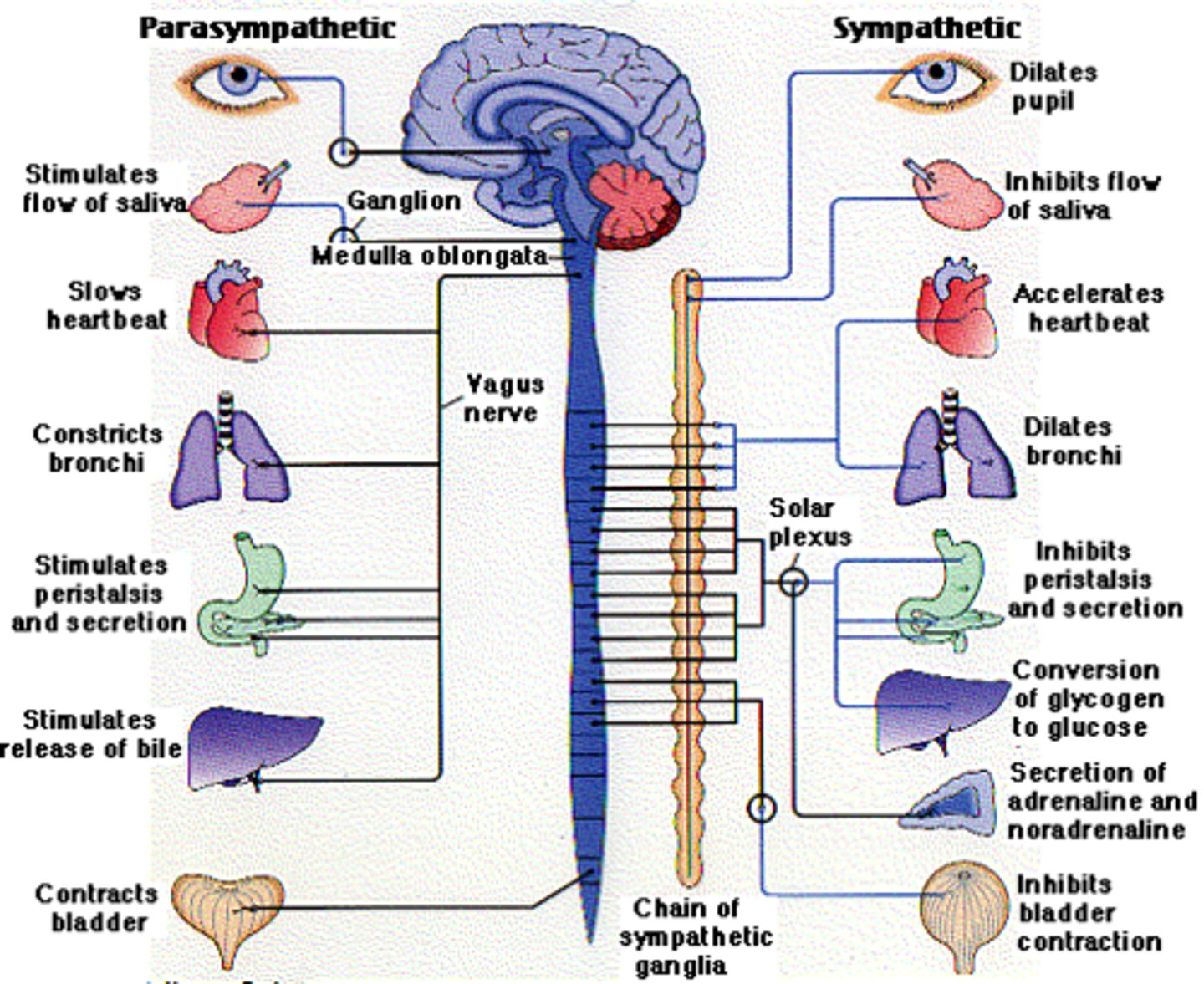
What can adjust myogenic heart rate?
both the endocrine and neural feedback mechanisms can adjust heart rate
What are chemoreceptors?
detect changes in pH and levels of O2 and CO2
What are baroreceptors?
detect changes in pressure of blood as it flows through arteries (aorta)
is a type of mechanoreceptor
Explain baroreceptors' role in low blood pressure
1. baroreceptors sense the decreased stretch of arteries
2. info is sent to cardiovascular centre of medulla oblongata
3. medulla oblongata activates sympathetic nervous system and turns off parasympathetic nervous system
4. sympathetic nervous system results in an increase in heart rate and stroke volume (more blood per beat) and the blood vessels constrict
5. blood pressure increases
Explain baroreceptors' role in high blood pressure
1. baroreceptors sense increased stretch of artery
2. info is sent to the cardiovascular centre of medulla oblongata
3. medulla oblongata activates parasympathetic nervous system and inhibits sympathetic nervous system
4. parasympathetic nervous system causes vasodilation and decrease in heart rate and stroke volume and blood vessels dilate
5. blood pressure decreases
What happens when there is decreased blood flow to tissues?
1. results in an increase in CO2 in blood and a corresponding decrease in blood pH (more acidic)
2. chemoreceptors detect changes and send signals to medulla oblongata
3. medulla oblongata stimulates the sympathetic nervous system
4. sympathetic nervous system causes an increase in heart rate
5. this increases blood flow to tissues, bringing O2 and removing CO2
How is ventilation rate controlled?
CO2 is a normal byproduct of cellular respiration
1. CO2 dissolves in blood to form a weak acid
--> when CO2 levels rise, pH of blood decreases
2. chemoreceptors detect changes and send signals to medulla oblongata
3. medulla oblongata stimulates ventilation centres resulting in increased contraction and relaxation of respiratory muscles
4. ventilation rate increases expelling excess CO2
What is the enteric nervous system?
functions independently
is the nervous system of the gastrointestinal tract
--> part of the autonomic nervous system
extends from the esophagus to rectum
controls and coordinates digestion
--> doesn't include swallowing
includes:
-peristalsis (squeezing and relaxing to move food down)
-release of digestive enzymes
-vomiting
-control of blood flow needed for absorption of nutrients

What are myelinated nerve fibres?
individual axons are surrounded by a myelin sheath
--> myelin acts as an insulating layer
--> is not continuous and is interrupted by Nodes of Ranvier so that electrical signals jump from one node to another
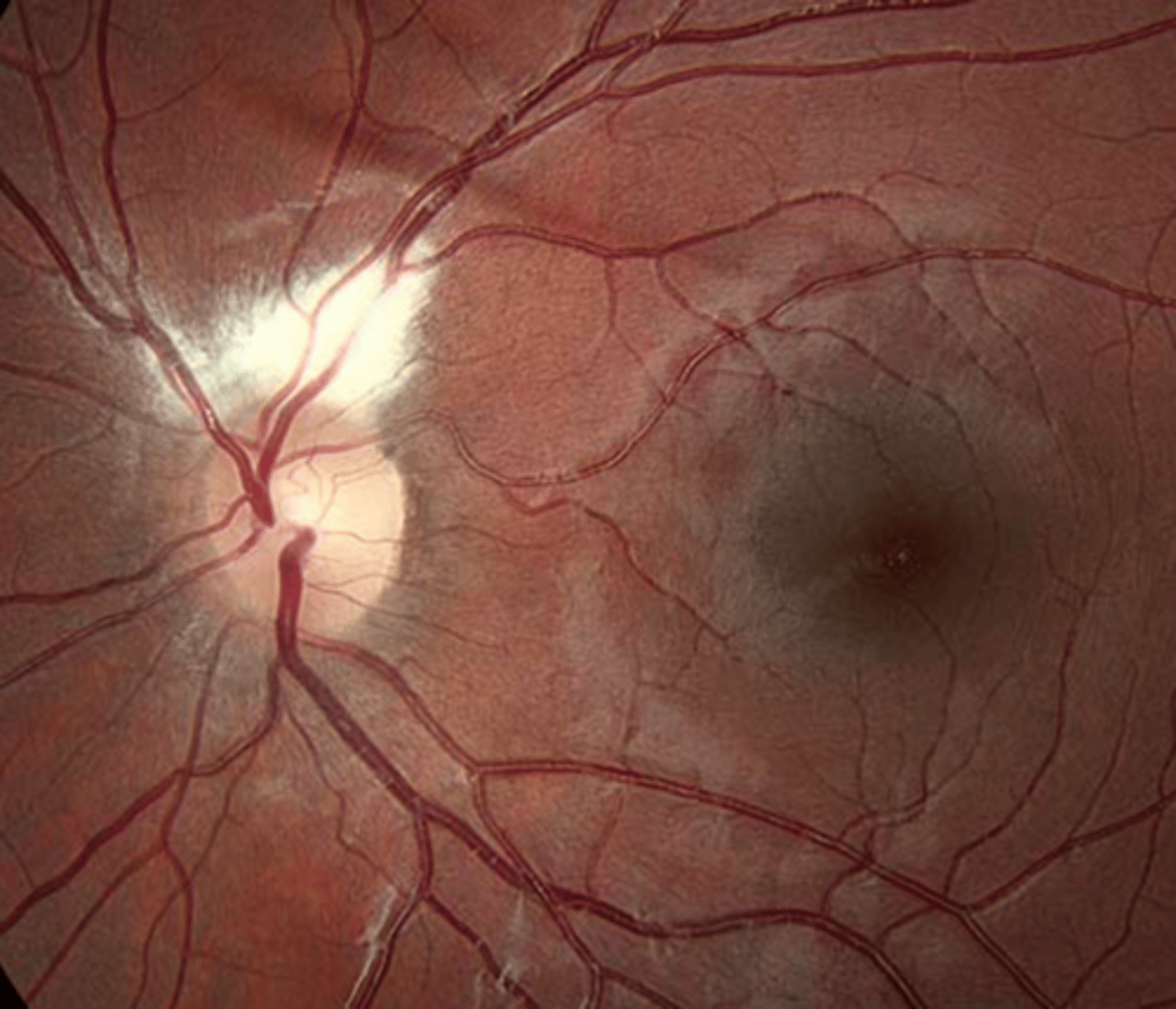
What are unmyelinated nerve fibres?
axons without a myelin sheath
--> nerve impulses move continuously down axons and less rapidly (not jumping)
What is grey and white matter?
myelin gives white matter its colour
grey matter is cell bodies of neurons
white matter is myelinated axons
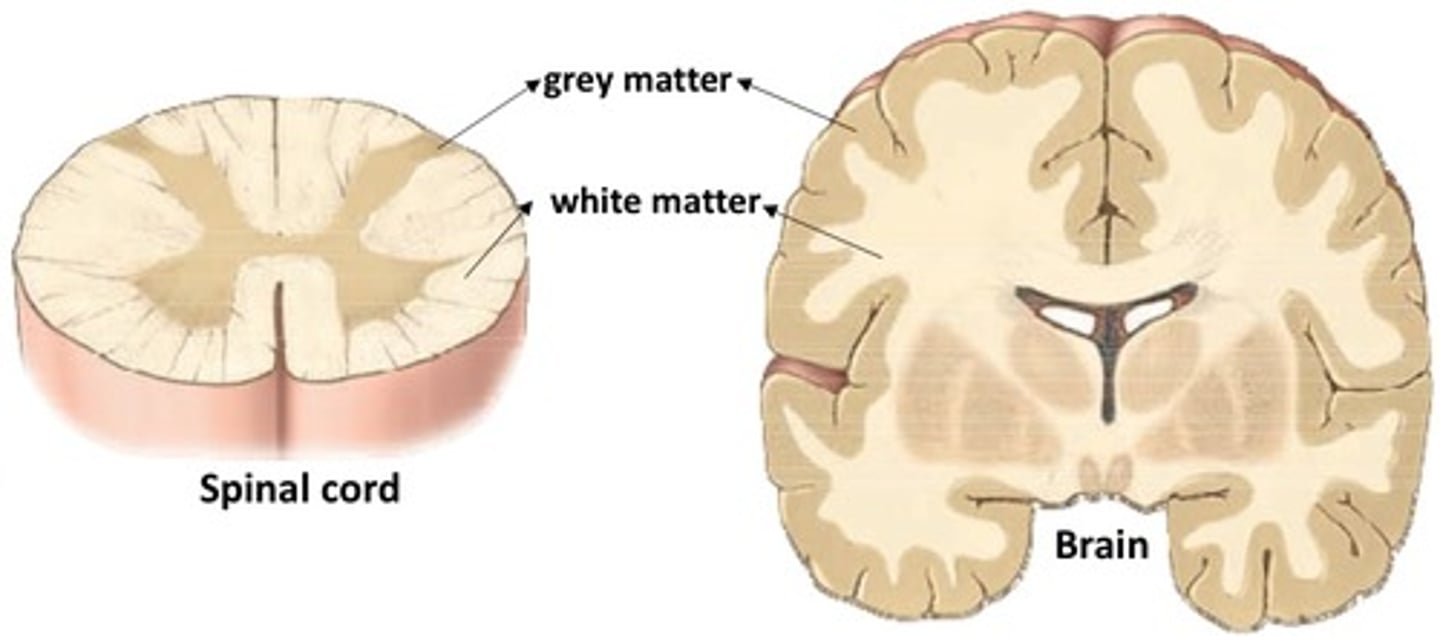
What is the difference between positive and negative tropism?
positive tropism: plant grows towards stimulus
negative tropism: plant grows away from stimulus
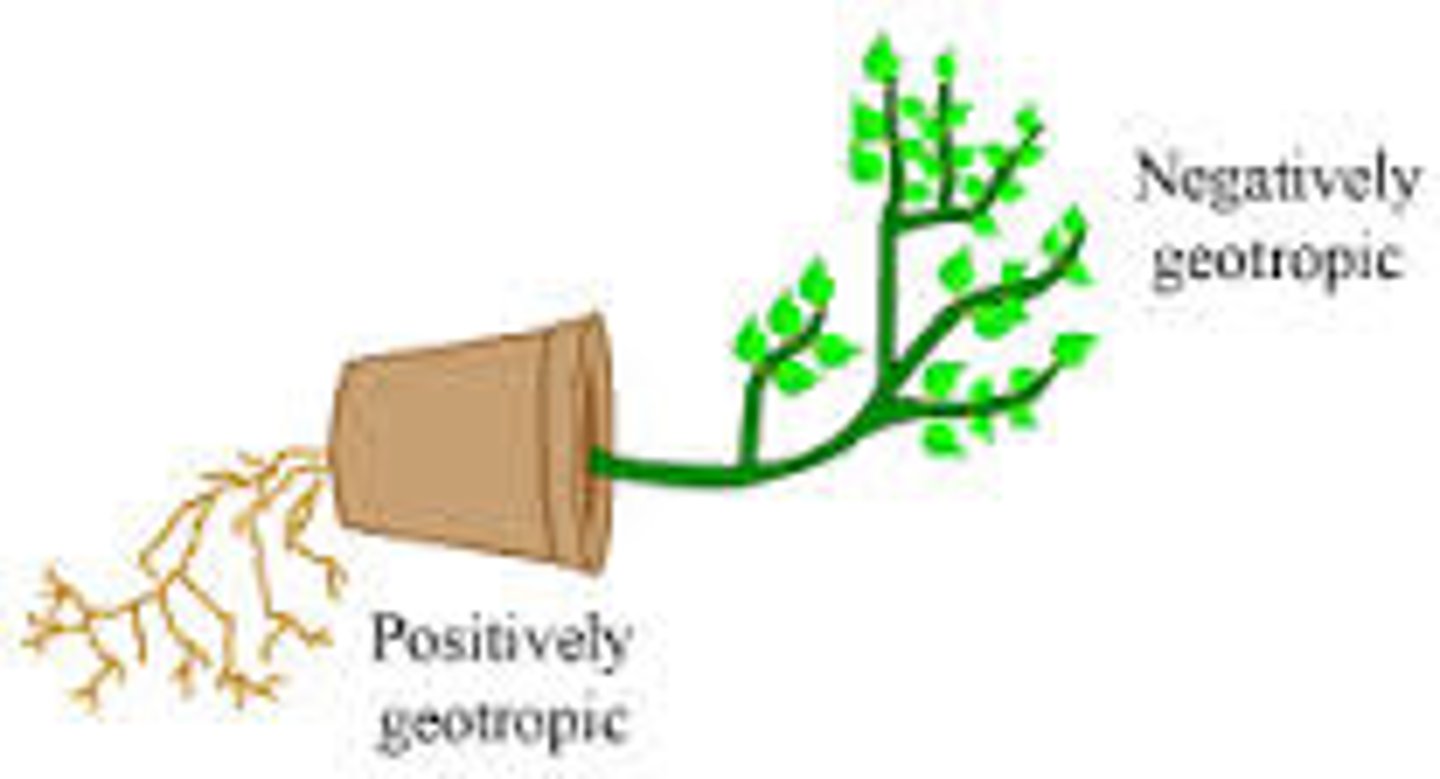
Define phototropism
phototropism is a tropic movement where the stem of the plant grows towards a light source
--> positive phototropism
roots grow away from light source downwards
--> negative phototropism
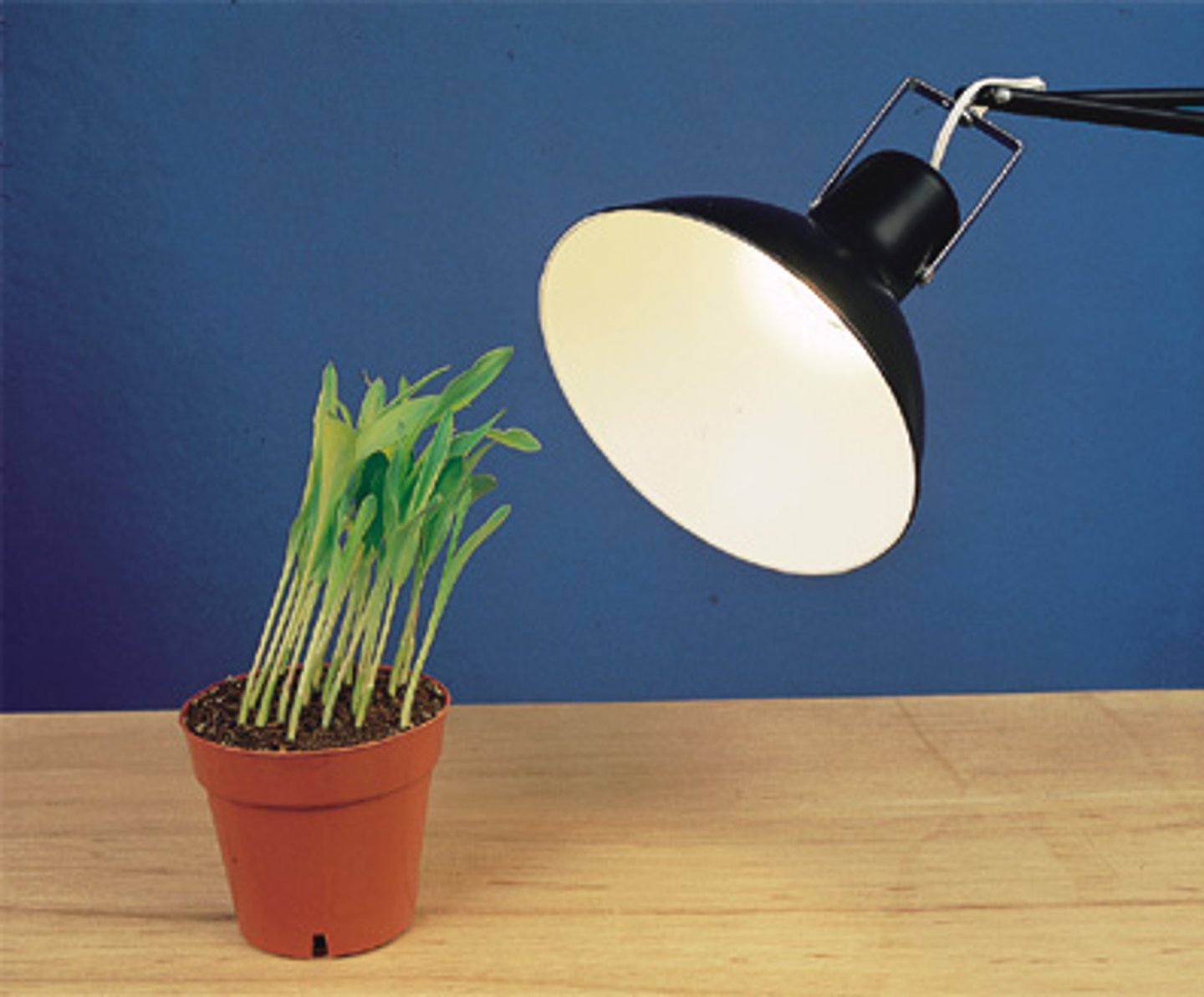
Define geotropism
geotropism is a plant's response to gravity (also called gravitropic movement)
roots have positive geotropism as they grow down
stems have negative geotropism as they grow up

Define tropic movements
directional movements of the plant in response to stimuli
Outline the cause and consequence of positive phototropism in a plant shoot
positive phototropism causes the plant stems to grow towards light causing the leaves of the plant to be pointing towards light source
--> this allows for more light to be absorbed in photosynthesis
Define phytohormone
phytohormones are plant hormones that regulate physiological processes including growth, development, ripening, flowering, reproduction, pathogen protection and death
they act as chemical messengers
secreted in almost all parts of the plant and transported to specific regions via vascular tissues like xylem and phloem
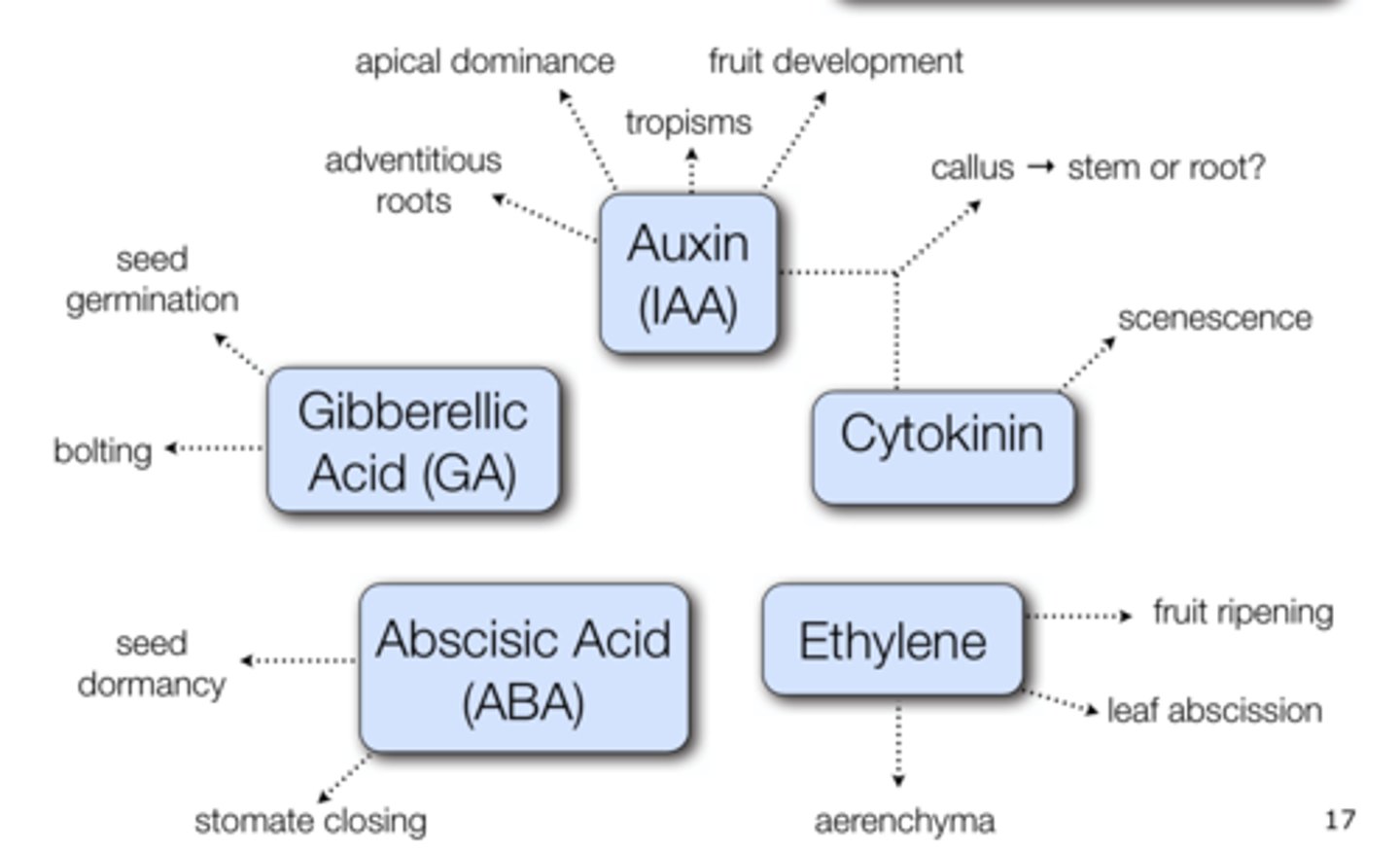
List phytohormones
auxins
cytokinins
ethylene
gibberellins
abscisic acid (ABA)
What are auxins and their role?
-growth hormones
-produced in the shoot apical meristem (shoot tips)
--> then transported by diffusion and carrier mediated transport from one cell to another down the stem
-has 2 roles: mediate cell elongation and apical dominance and to promote cell growth
eg. inhibition of lateral buds causing plant to grow vertically

What are cytokinins and their role?
-promote cell division (cytokinesis)
-found abundantly in growing tissue
-synthesized in roots and passed to leaves and fruits where they:
--> promote cell division
--> stimulate differentiation of meristem
--> delay senescence (ageing)

What are gibberellins and their role?
-have an important role in plant growth
-synthesised in apical meristems of roots and shoots, young leaves and embryos
help in the:
-elongation of shoot
-seed germination
-maturation of flowers/fruits
-breaking seed dormancy
-delaying senescence
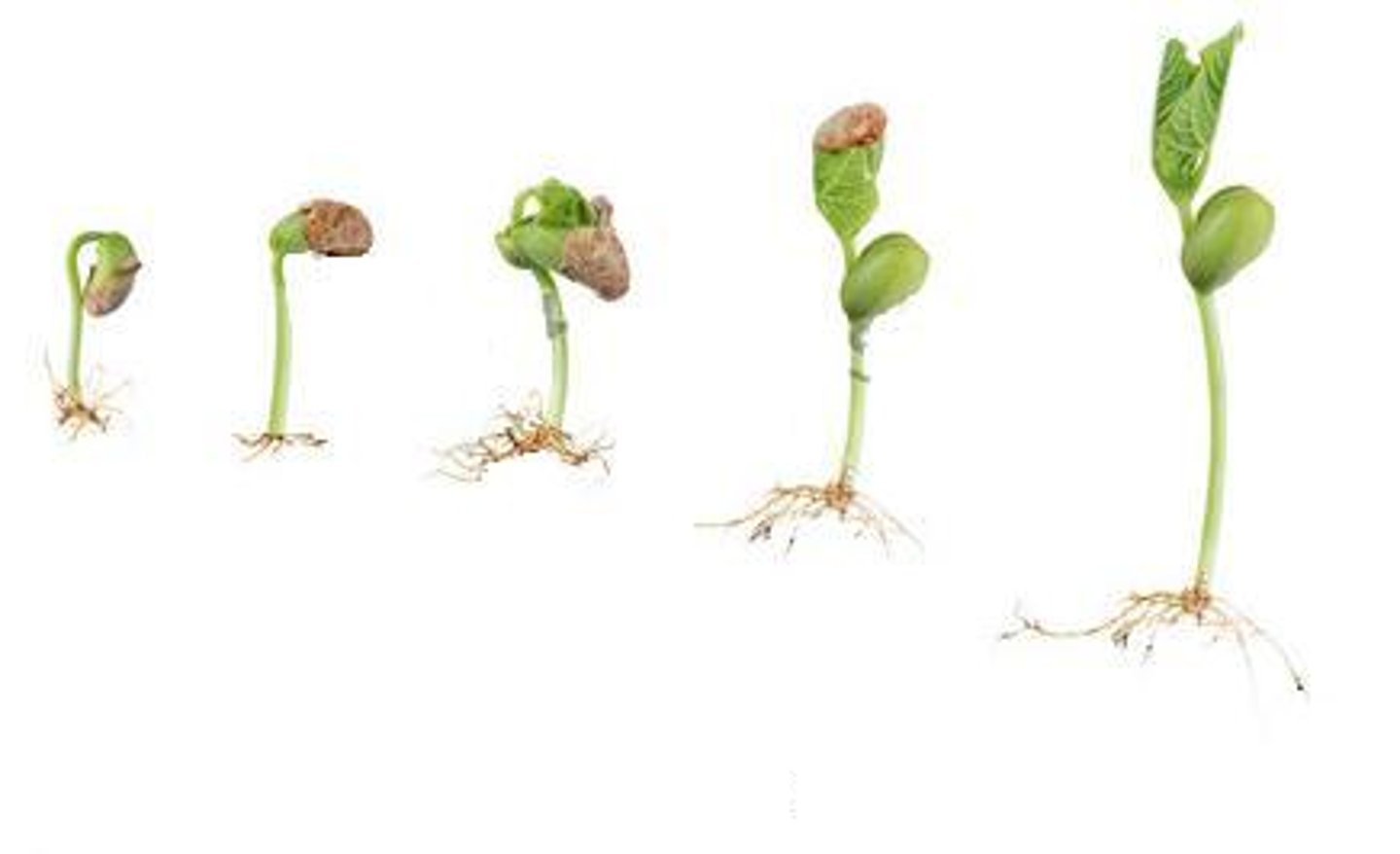
What is abscisic acid and its role?
-also called ABA
-causes leaves to drop (abscission)
--> higher ABA levels in stressful environments and inhibits growth
--> ABA also inhibits stem elongation and induces dormancy in seeds
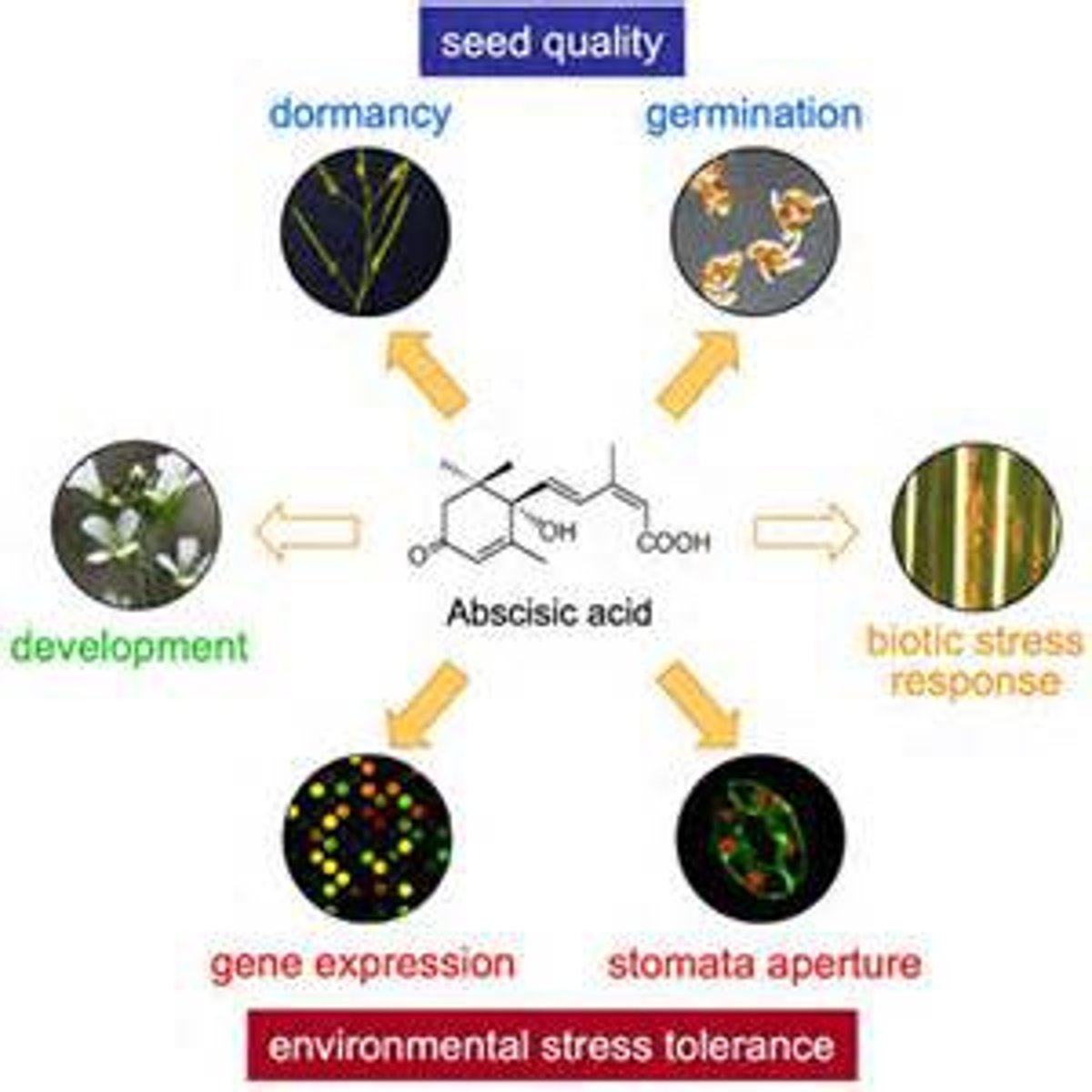
What is ethylene and its role?
-is a gas
-produced by ageing tissues
-plays a role in fruit ripening and causes abscission (dropping) of leaves, fruit and flowers
IUPAC name is ethene
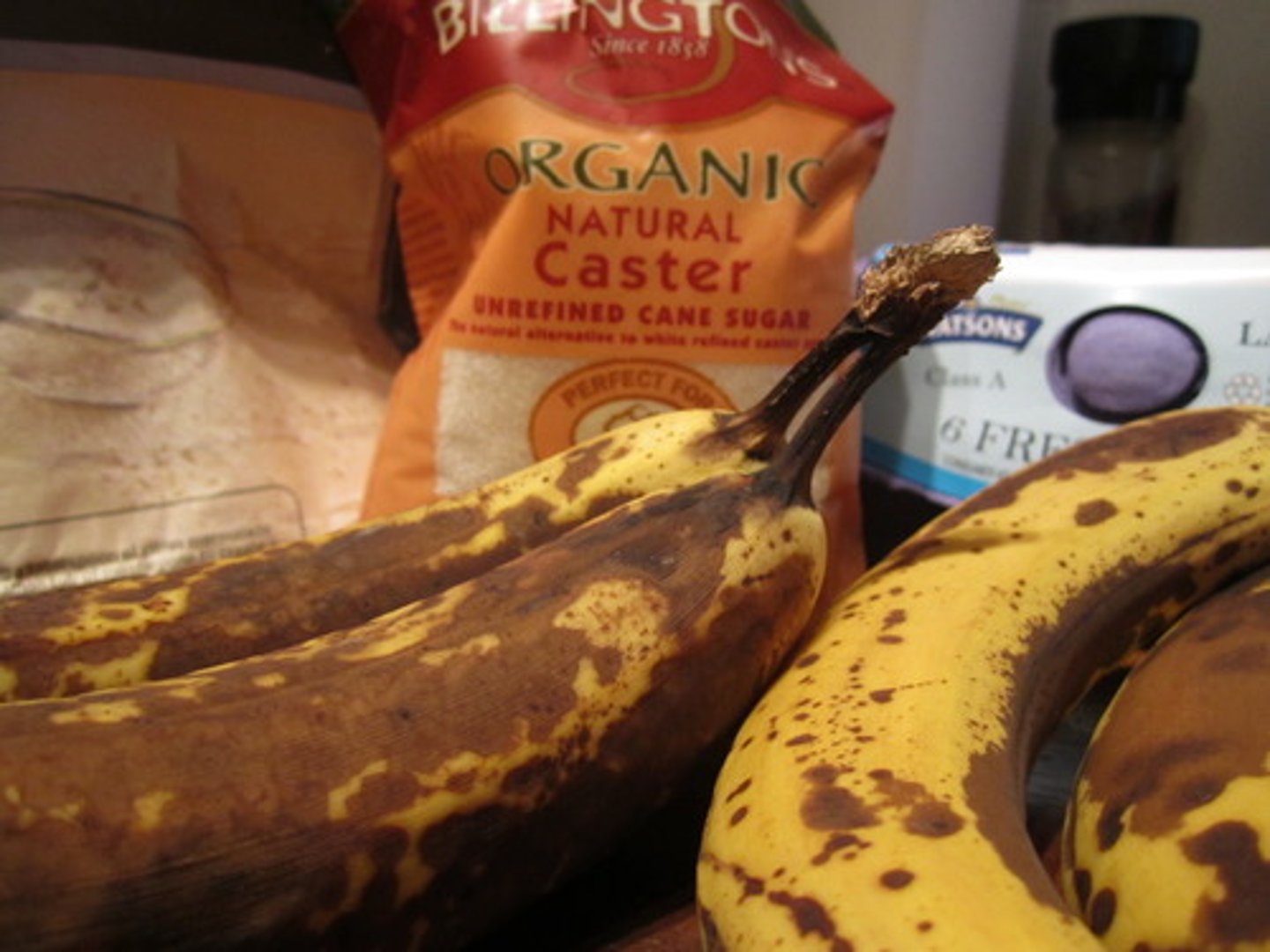
How does auxin move between cells?
1. auxin influx/entry into cell occurs by diffusion and is facilitated by influx carriers
2. this causes the co-transport of H+ ions into cell creating an electrochemical gradient
3. once in the cell, auxin dissociates resulting in negatively charged auxin (IAA-) being unable to leave the cell
4. auxin efflux carriers pump IAA- ions using ATP
--> these carriers are located on one side of the cell to direct the flow of ions ensuring directionality in auxin movement
*these carriers can change position
5. this creates a higher concentration of auxin in the intercellular space (apoplast) and lower concentration in the adjacent cell
6. auxin flows down the concentration gradient into adjacent cell resulting in auxin influx
7. coordination between cells can lead to localisation of carriers on the same side
--> as auxin transport continues, auxin accumulates on shaded side of the plant
8. this results in greater elongation of cells on shaded side of stem and thus curvature towards light source
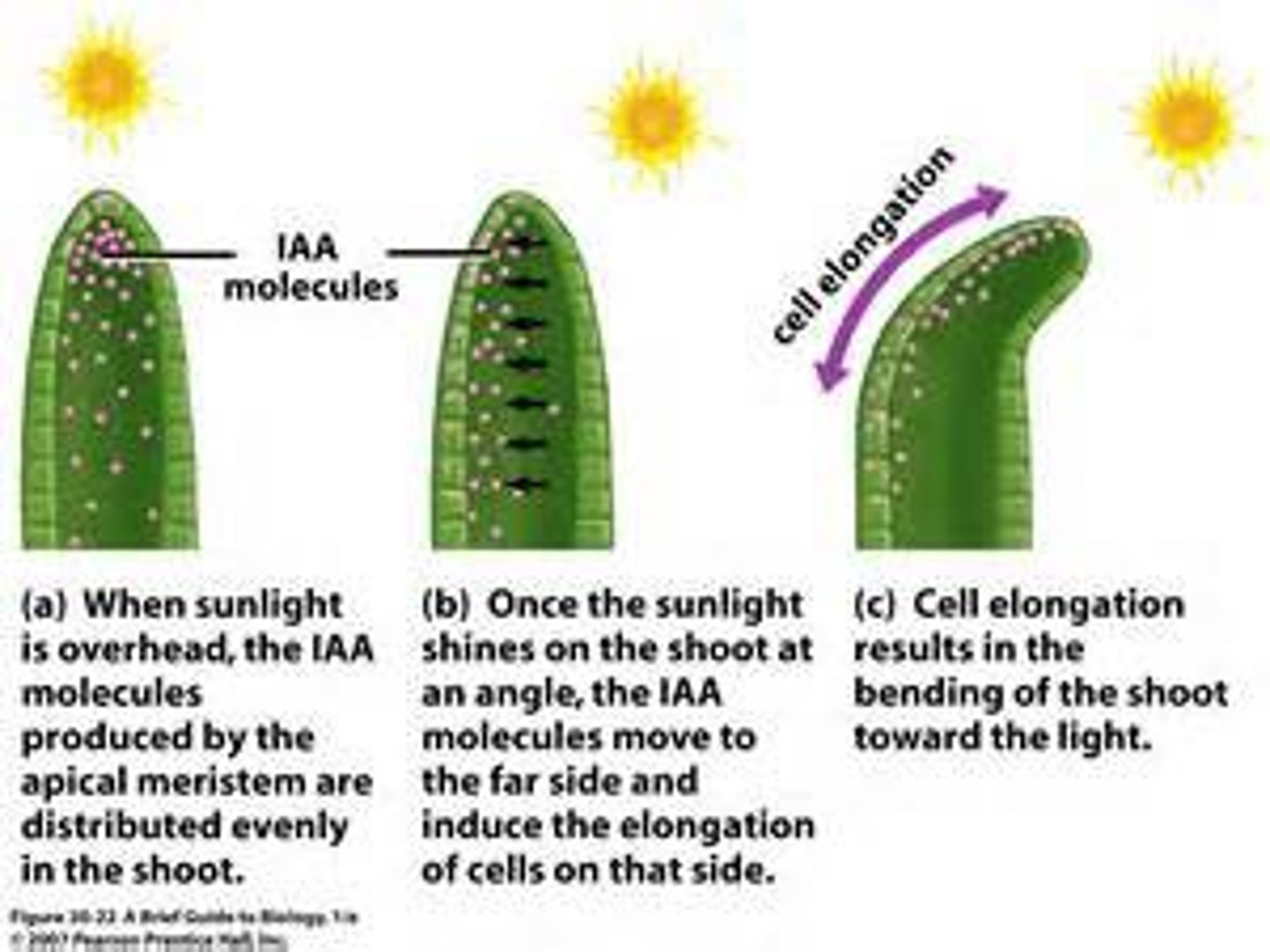
Explain how auxin concentrations allow for phototropism
Inade-30acetic acid (IAA) is the predominant form of auxin in plants
--> when light is above, auxin produced at shoot tip diffuses evenly down stem
--> as auxin is evenly distributed, all cells grow at the same rate and shoot grows vertically up
if light is on one side, auxin move towards the shaded shoot side causing rapid cell elongation and growth on that side
--> uneven growth causes stem to bend towards light
to ensure plants grow towards light, transport of auxins must be directional
--> this transport method is called polar auxin transport
How must cell growth occur in plants?
the cell wall provides structural support in plants
--> known as "load bearers"
for plant cells to elongate, cross links between cellulose molecules in the cell wall must be broken down or cleaved
--> this is explained by the acid growth theory
Explain the acid growth theory step by step
1. auxin binds to receptor proteins on the membranes of cells on the side away from the light
2. auxin binding activates H+-ATPases (proton pumps) in the plasma membrane
3. H+-ATPases pump protons at an increased rate into the cell wall resulting in the acidification/lowering of the pH in the cell wall
4. acidification loosens the bonds between the cellulose molecules
--> this is facilitated by expansins (type of protein)
5. simultaneously, K+ channels in the plasma membrane open resulting in an influx of K+ ions into the cell and a lowering of the internal water potential
6. water enters cells via osmosis
7. internal turgor pressure increases and cell wall stretches resulting in cell wall elongation
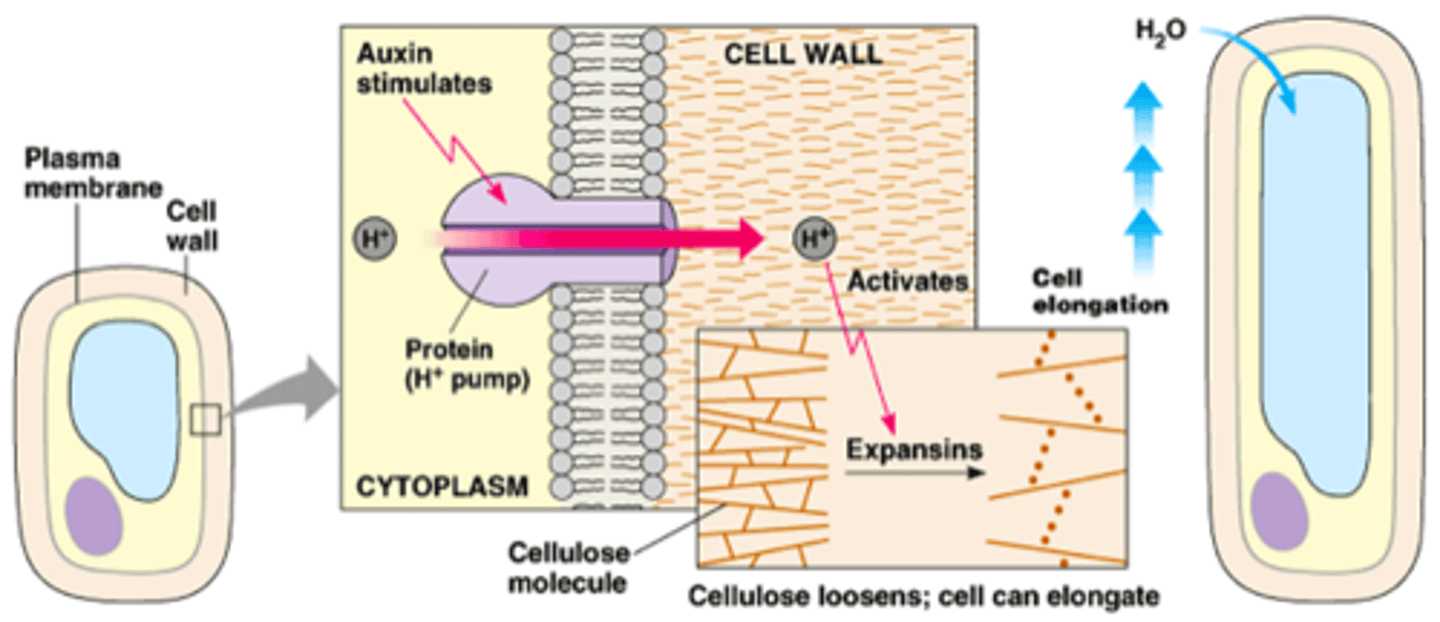
What are meristems?
meristems are rapidly growing tissues consisting of undifferentiated cells
--> shoot meristems produce parts of plants seen above ground
--> root meristems produce parts below ground
How do auxins and cytokinins work together?
the combined action of auxins and cytokinins regulates root and stem growth
auxins are synthesised by stem meristem and cytokinins by root meristem
--> auxins then move downwards towards root resulting in geotropism whilst cytokinin moves up towards shoot through vascular bundles (phloem and xylem)
the ration of auxin:cytokinin determines root and shoot development
--> high auxin: cytokinin favours root development
--> high cytokinin: auxin favours shoot and bud development
the ratio also determines apical dominance
--> as auxin is transported down the apical meristem, lateral bud formation is inhibited
--> but upward movement of cytokinins stimulates lateral bud formation
auxins lead to meristematic cell division while cytokinins lead to differentiation of cells
--> cytokinins inhibit meristematic activity of auxins and thus together regulate cell division and differentiation
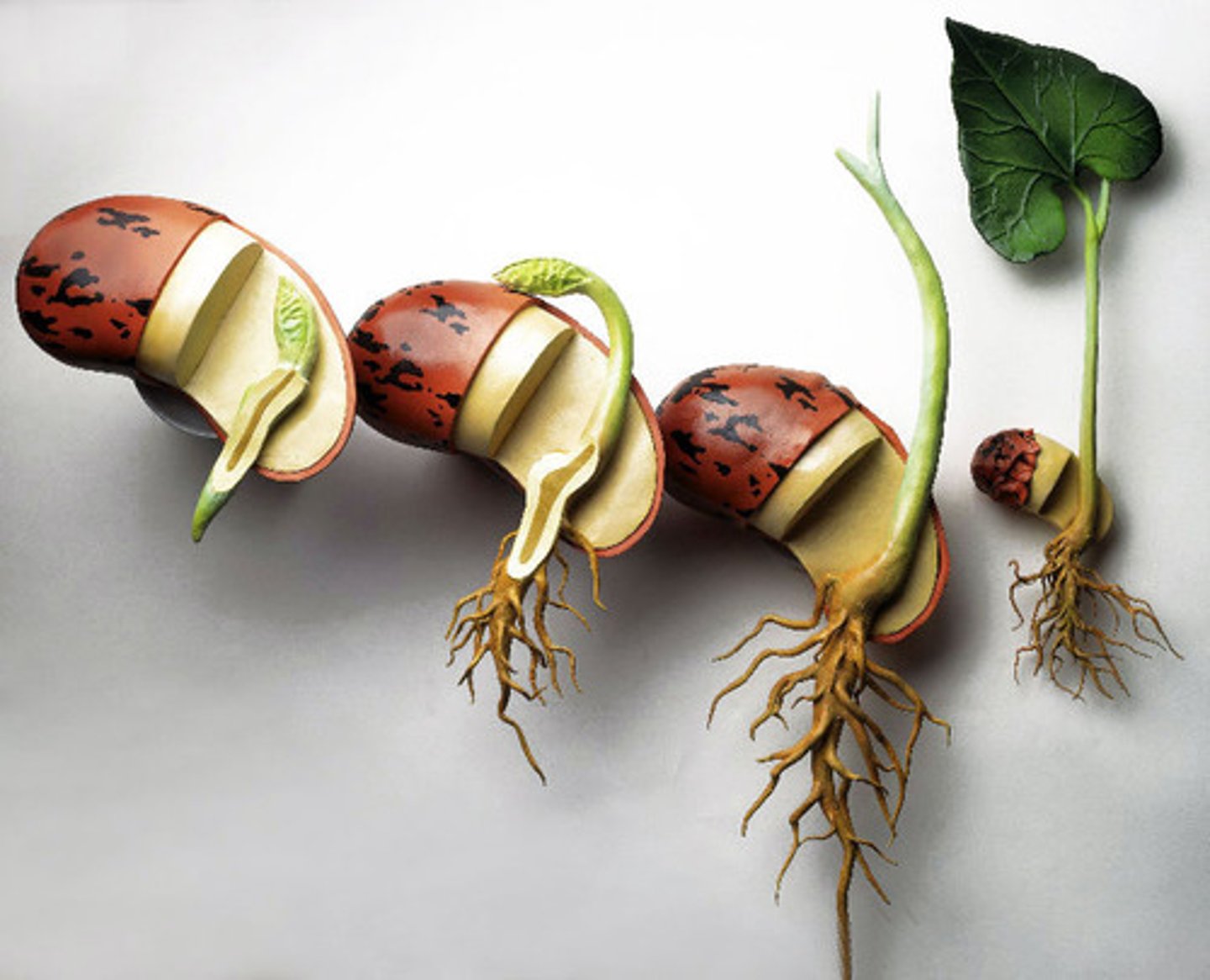
List changes that occur to a fruit as it ripens due to ethylene
ethylene:
-breaks down cell wall to soften fruit
-breaks down starch into sugars for a sweeter taste
-decreases amount of bitter phenoic compounds
-causes green fruits to change colours due to conversion of chlorophyll to other pigments
-releases complex volatile compounds into air giving ripe aroma

Describe the positive feedback mechanism of fruit ripening.
ethylene works on a positive feedback mechanism
--> presence of ethylene leads to the synthesis of more ethylene
unripe fruits produce low levels of ethylene but as they ripen, they produce more and more accelerating ripening
this also leads to decreased shelf life and spoiled fruit as ethylene production continues